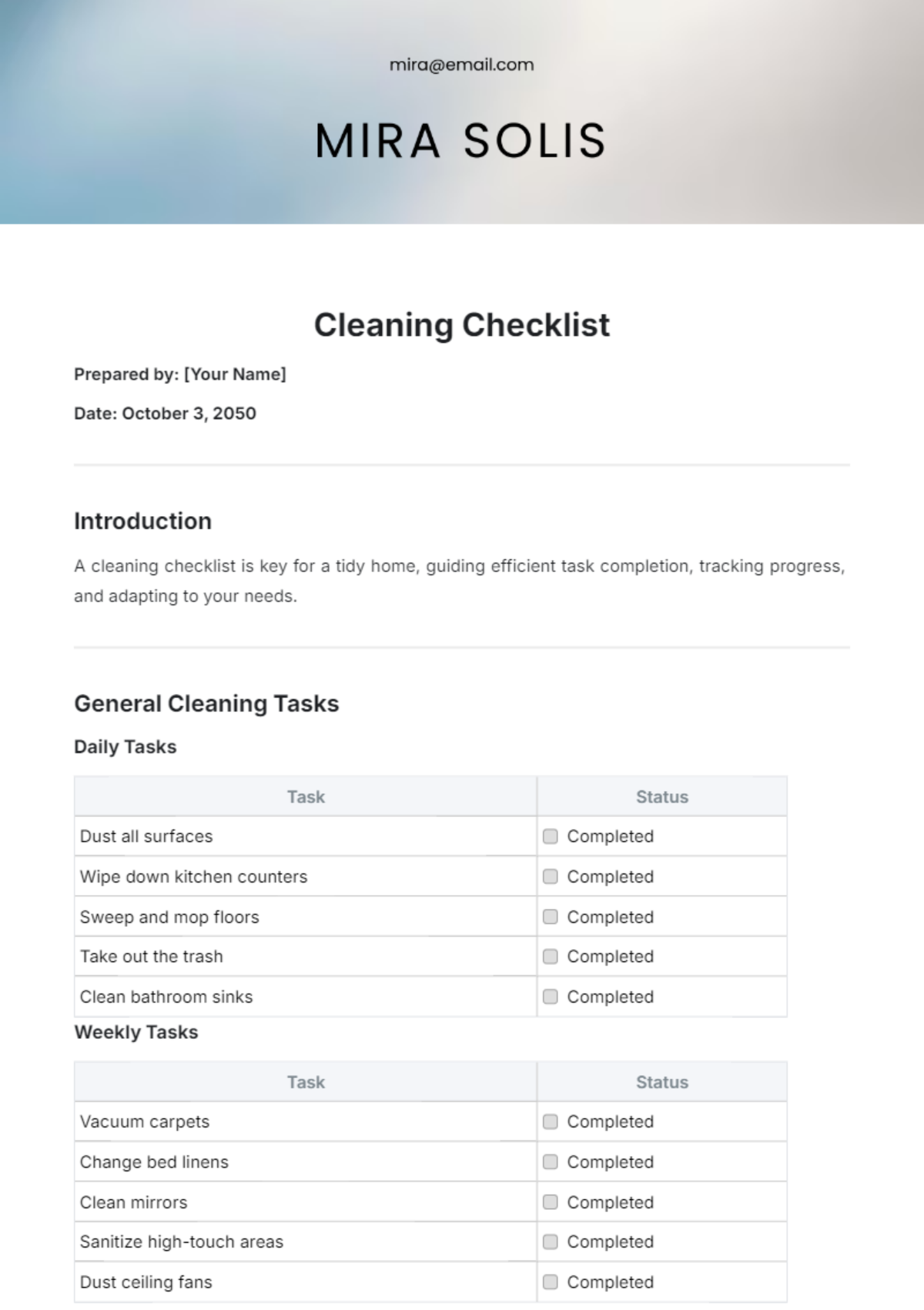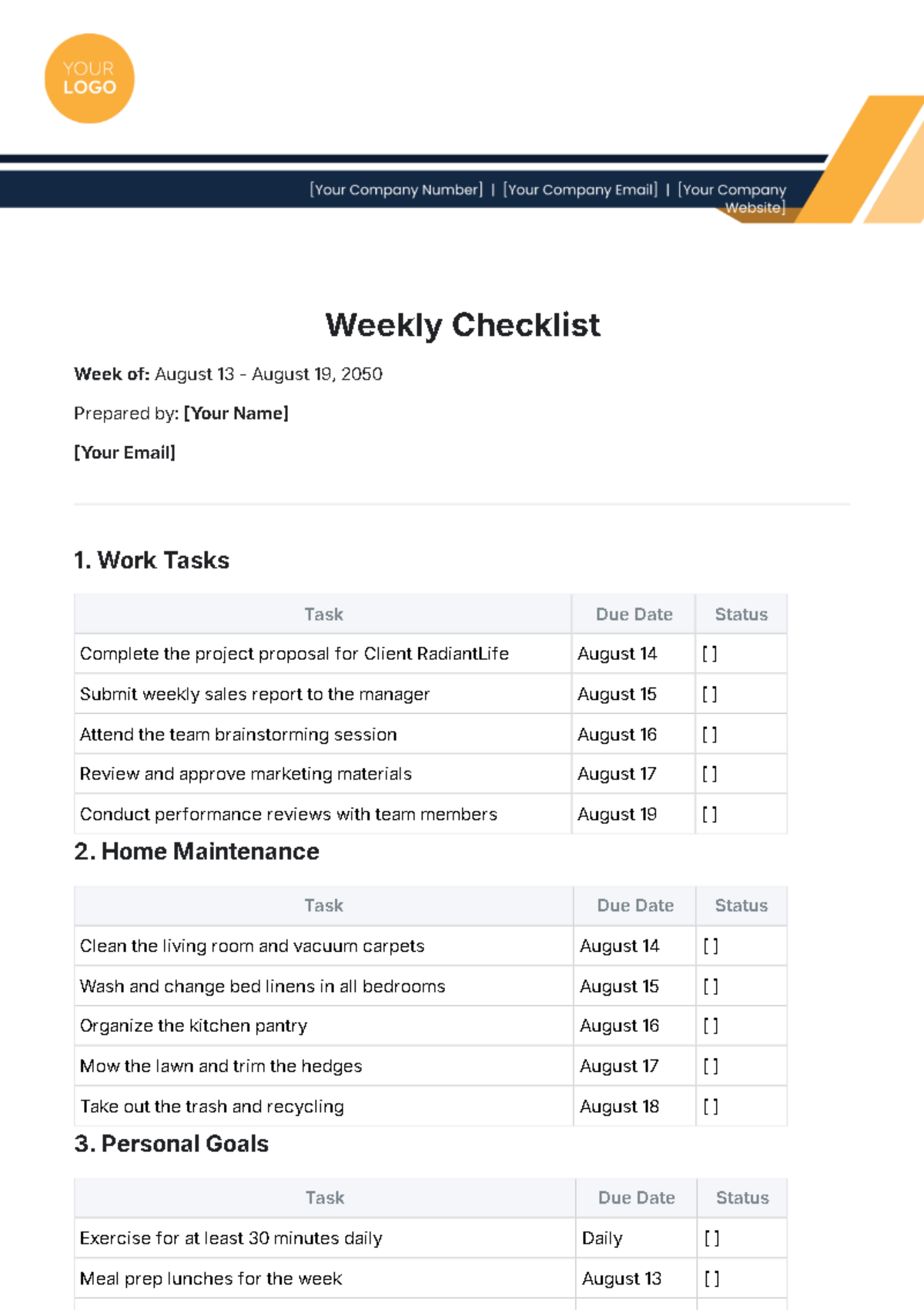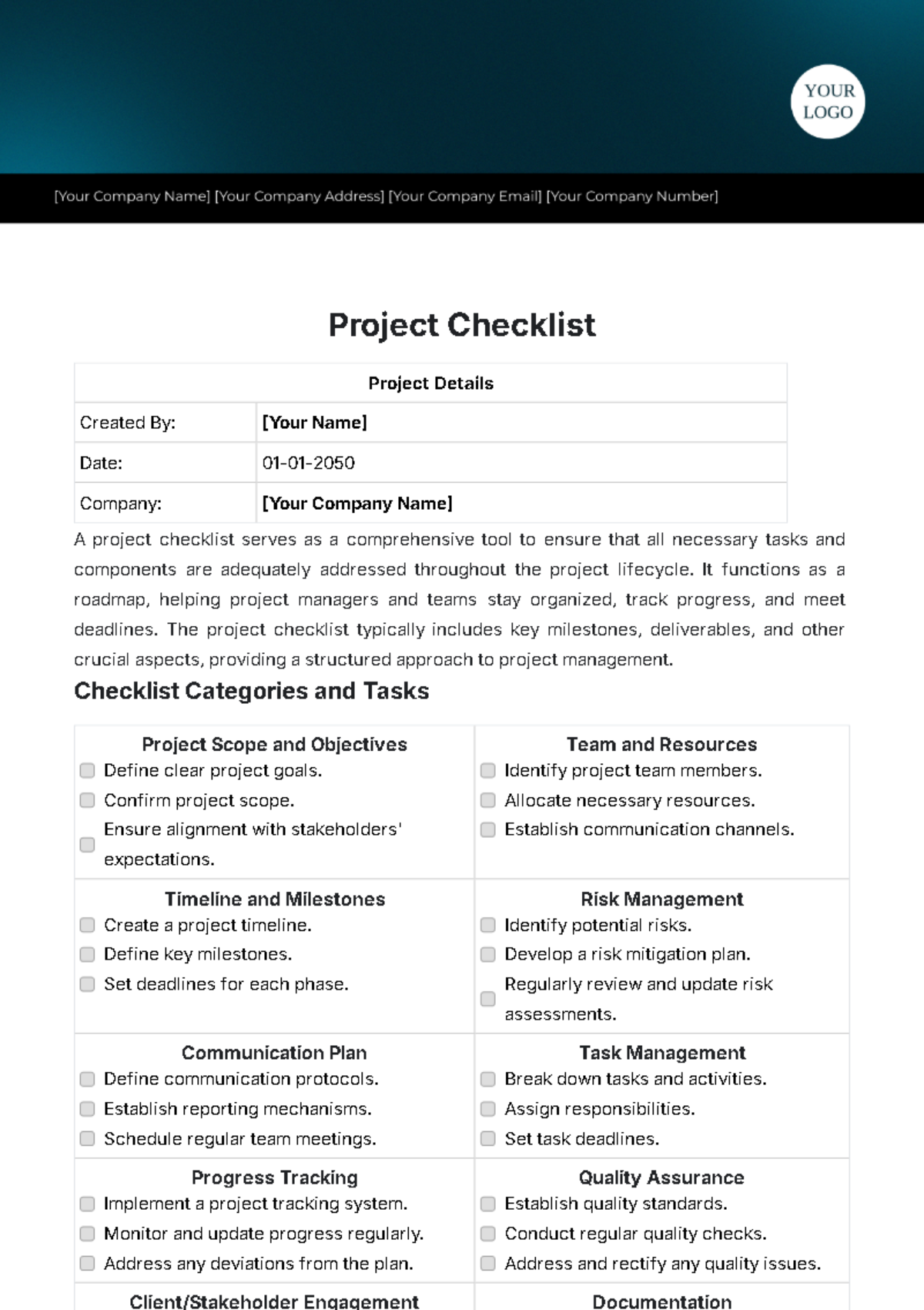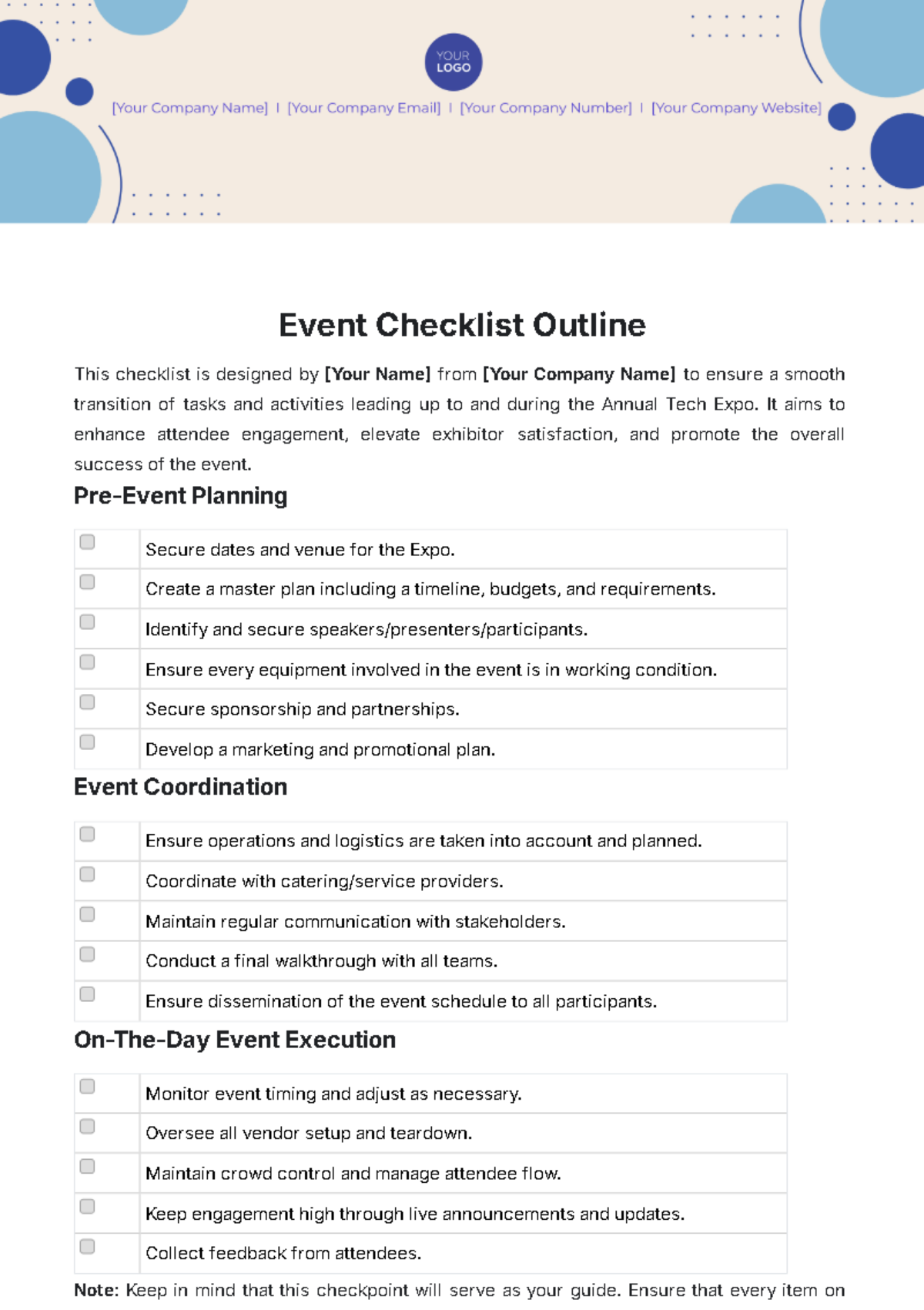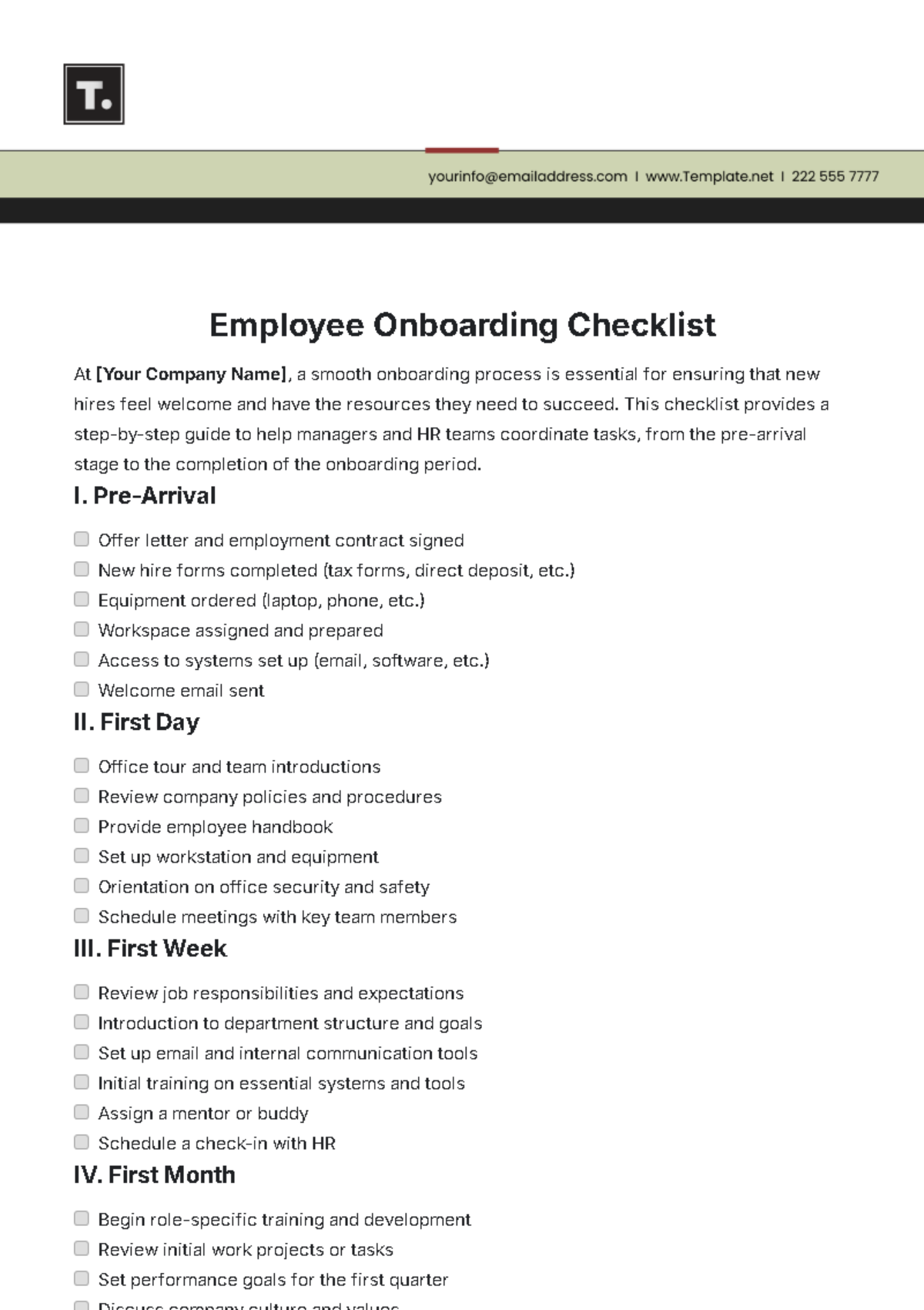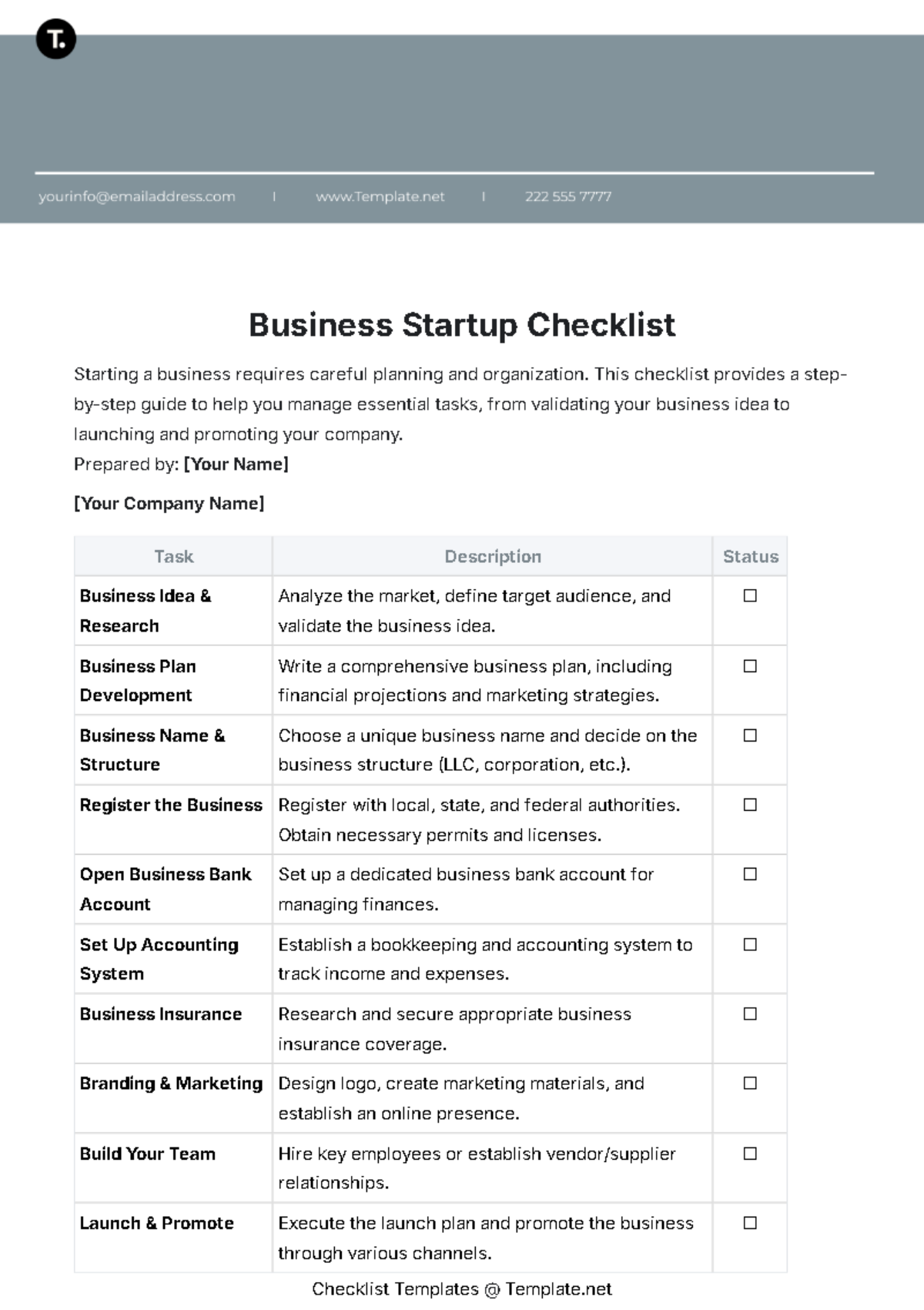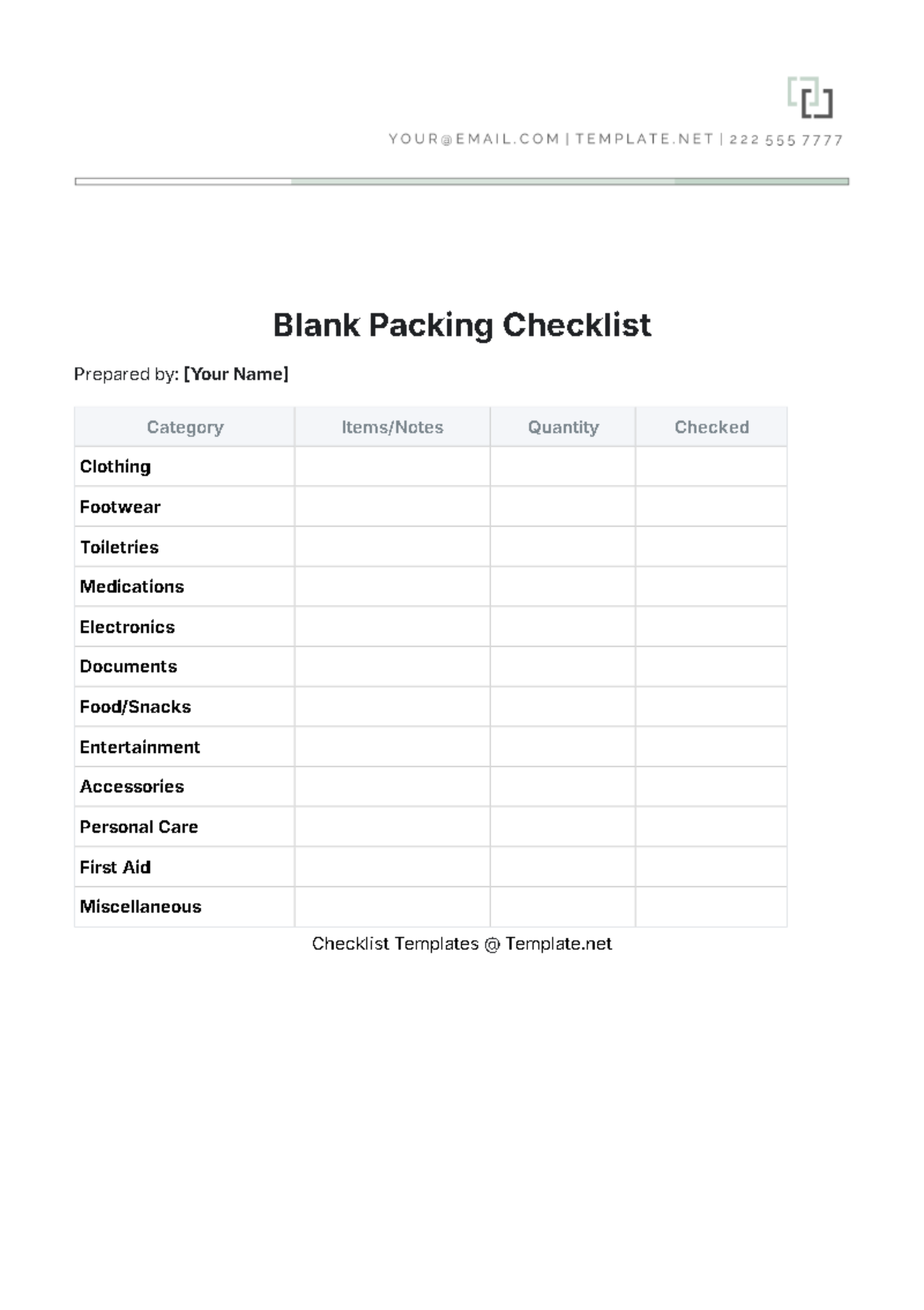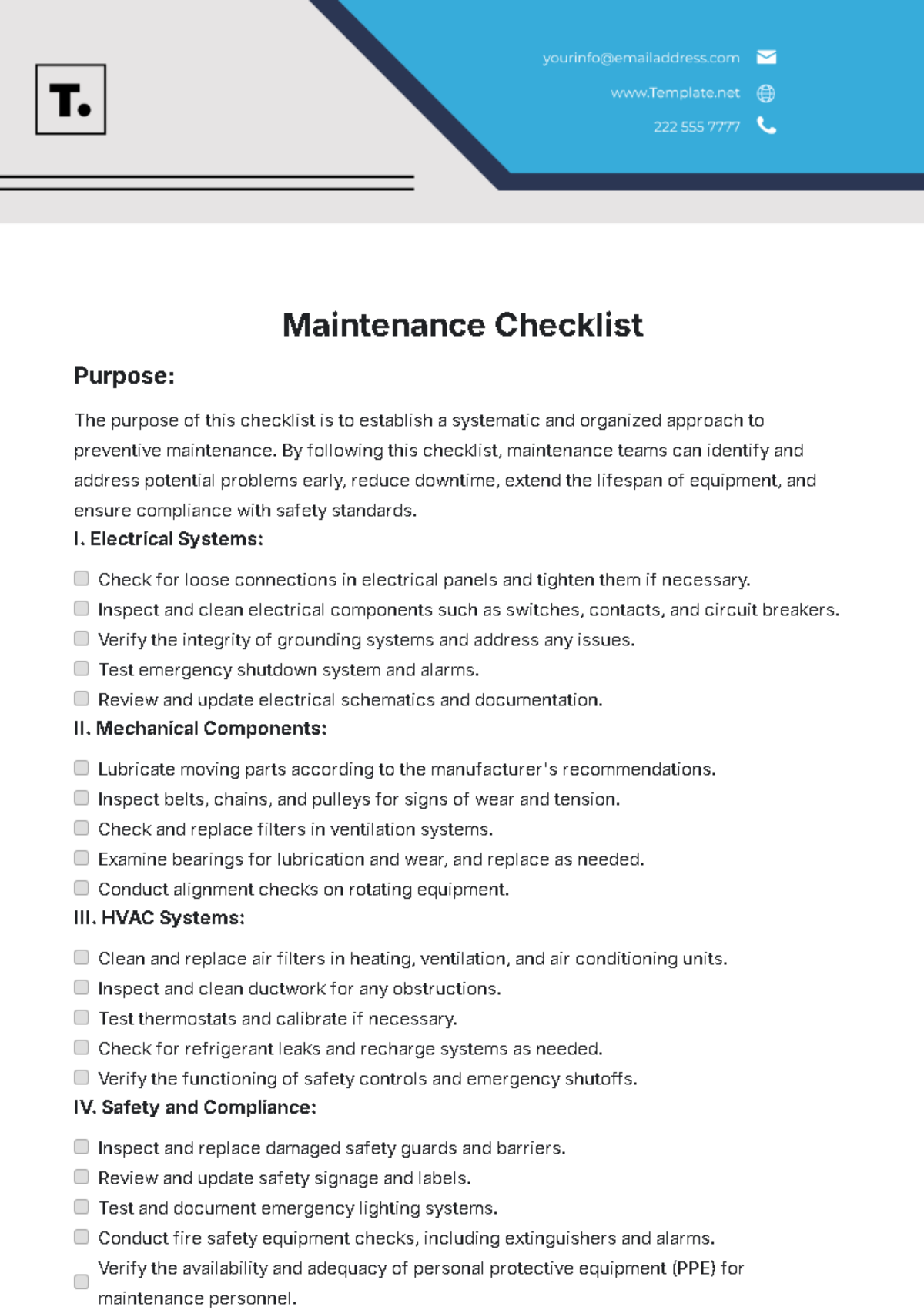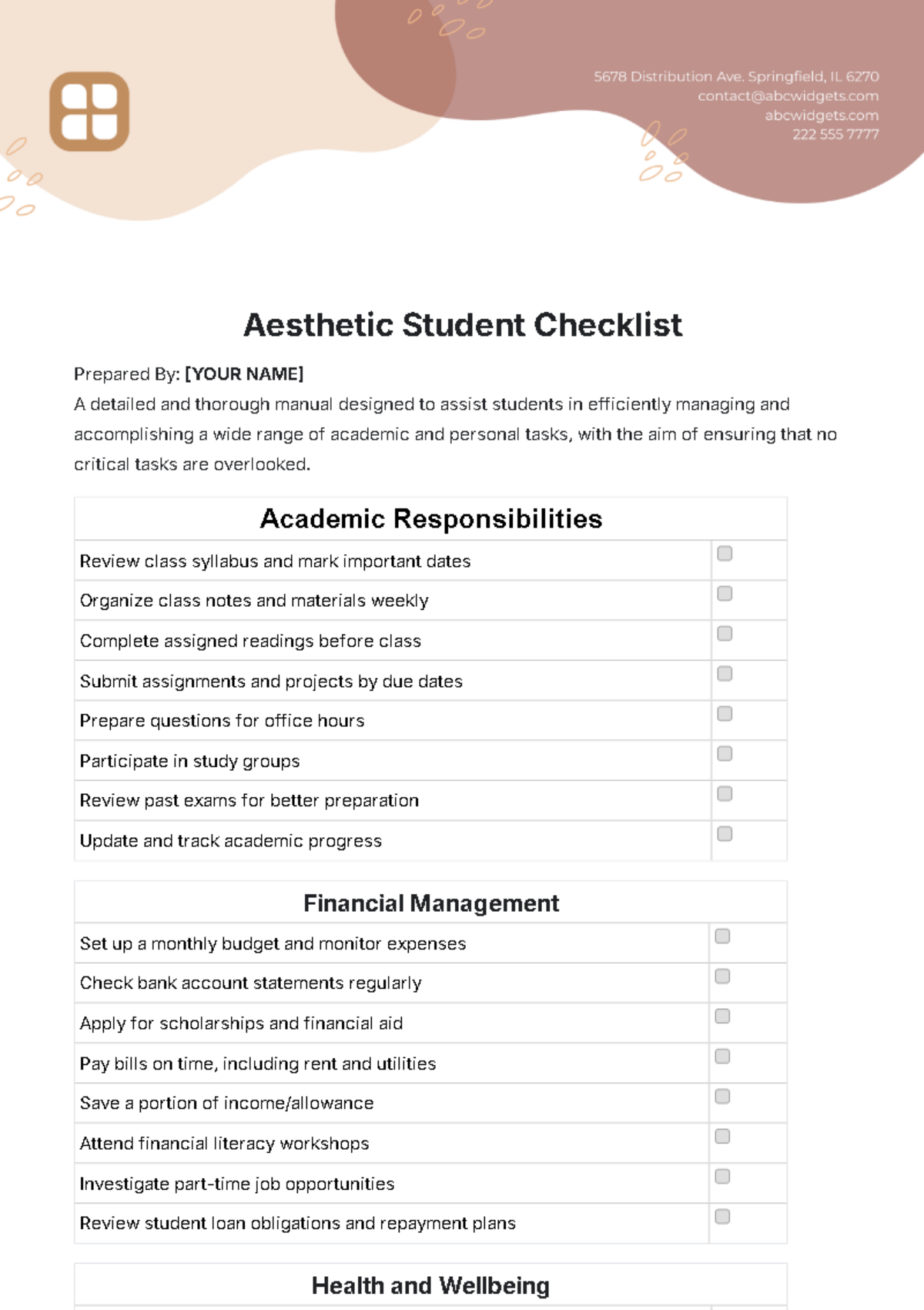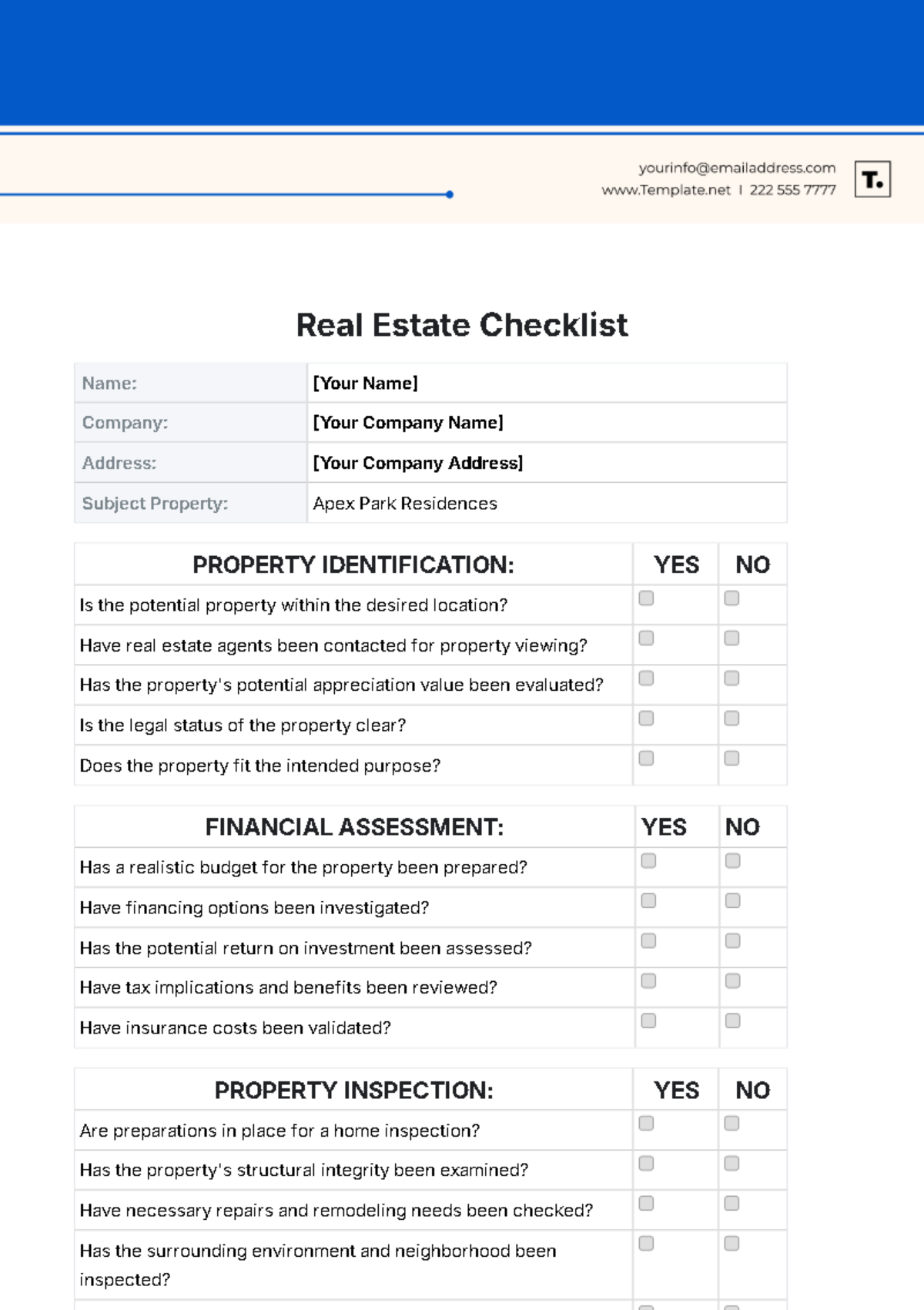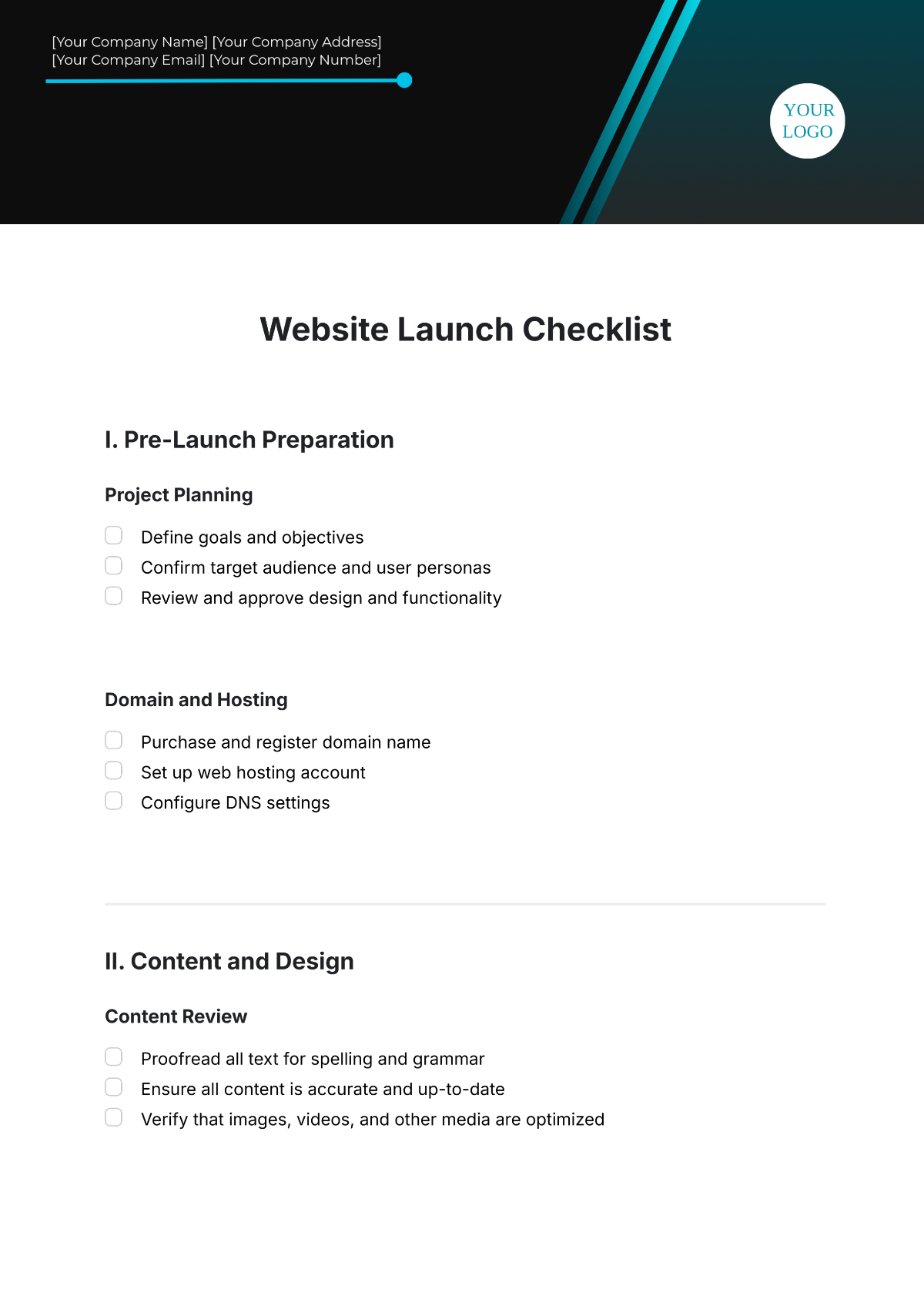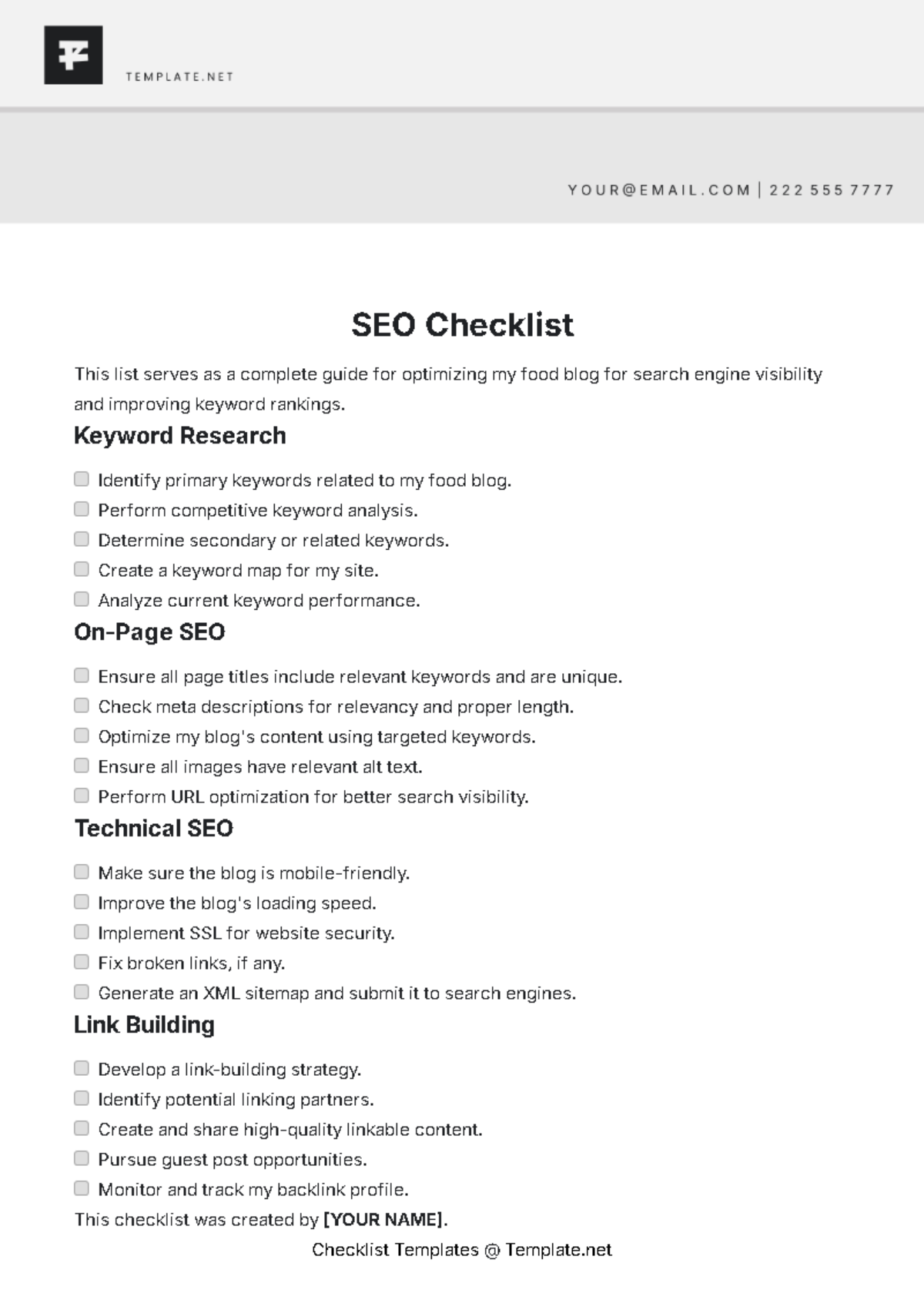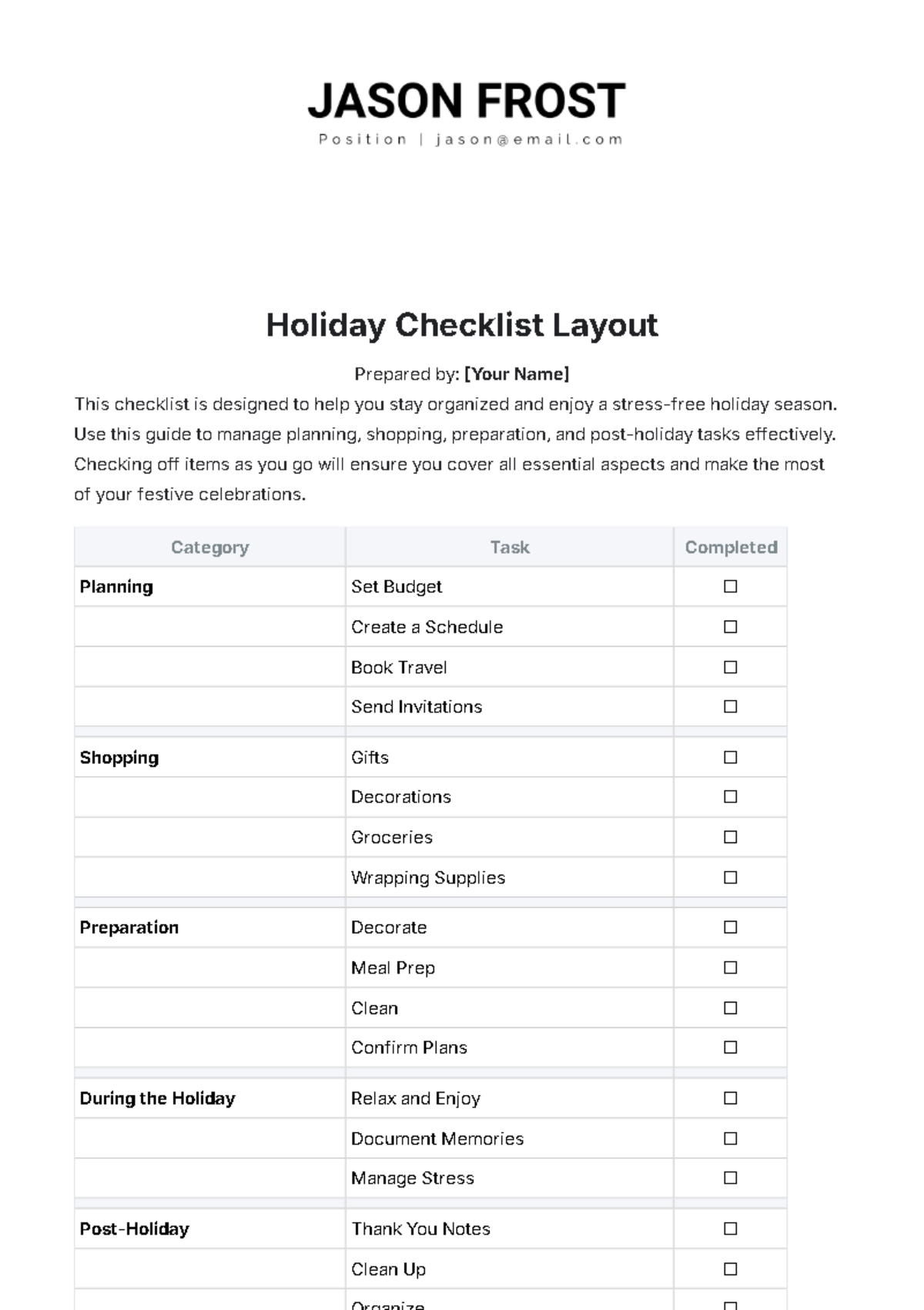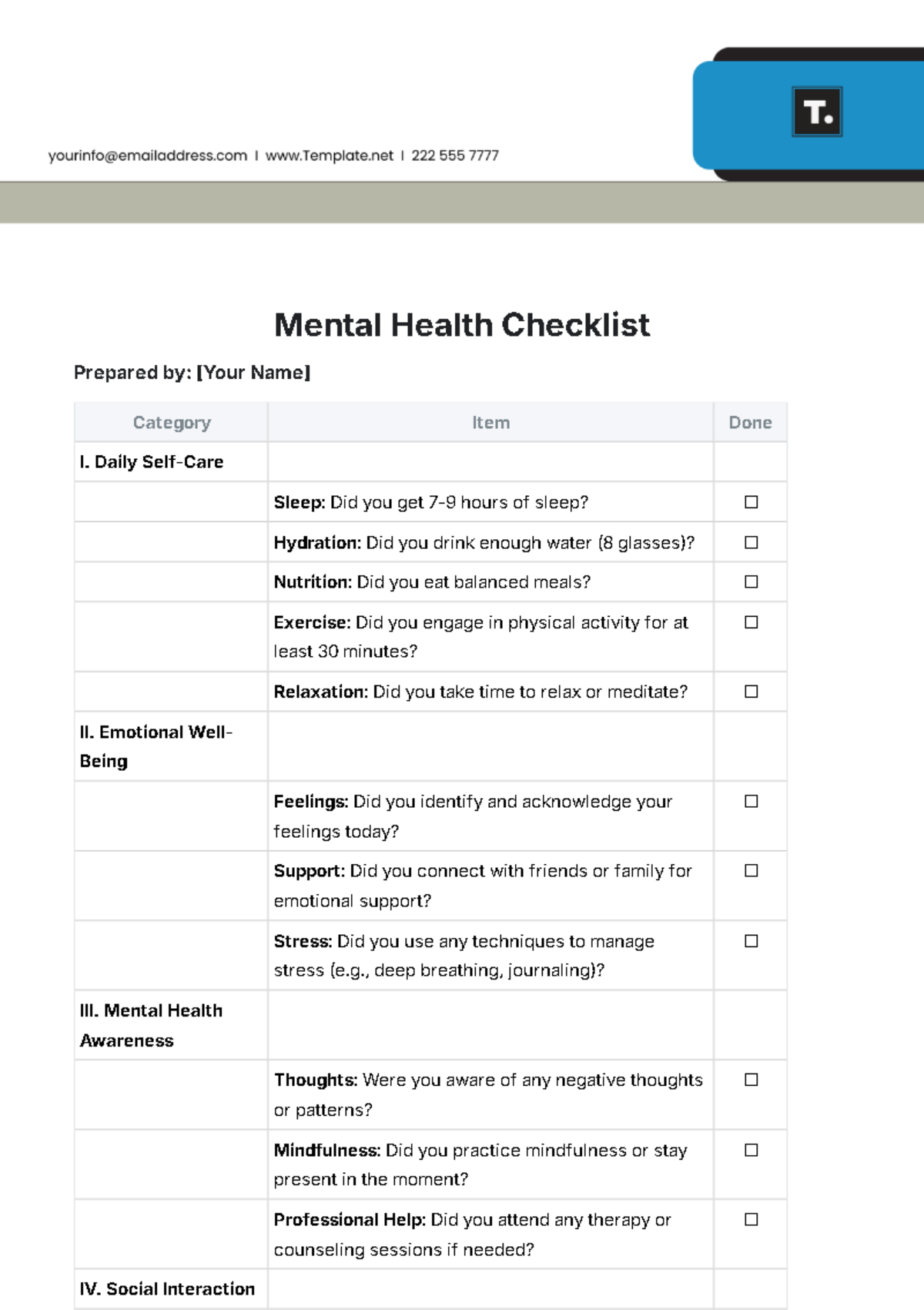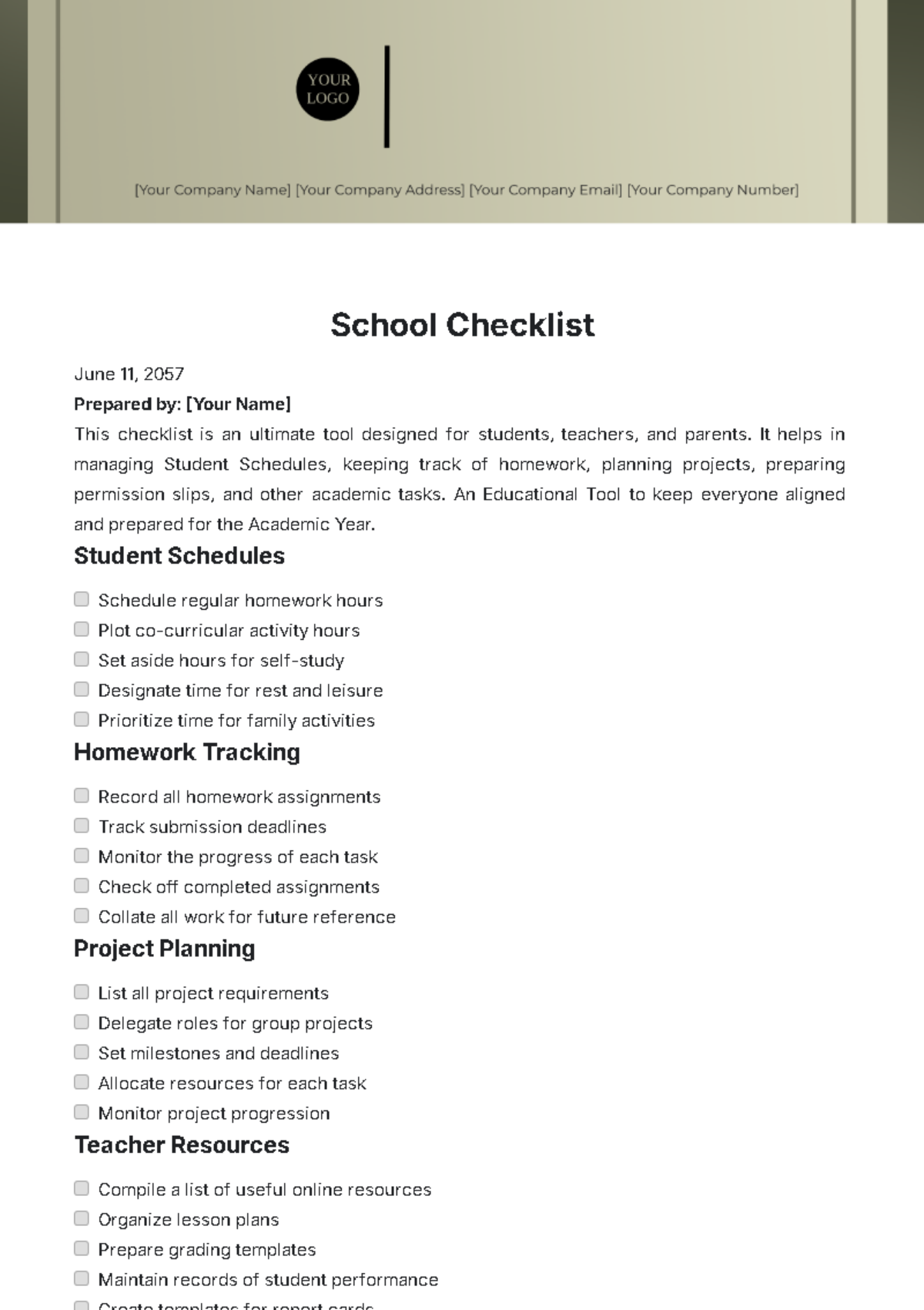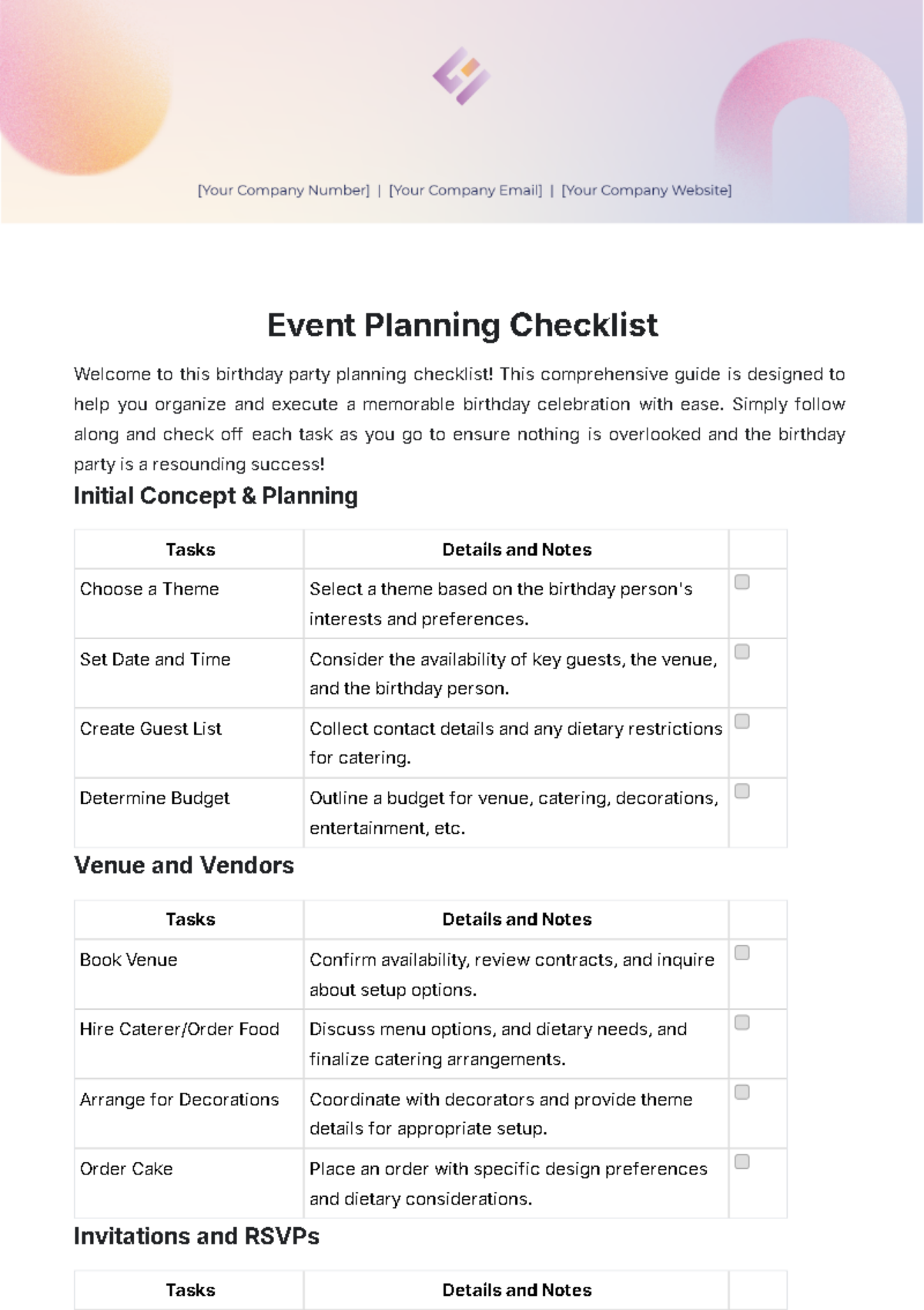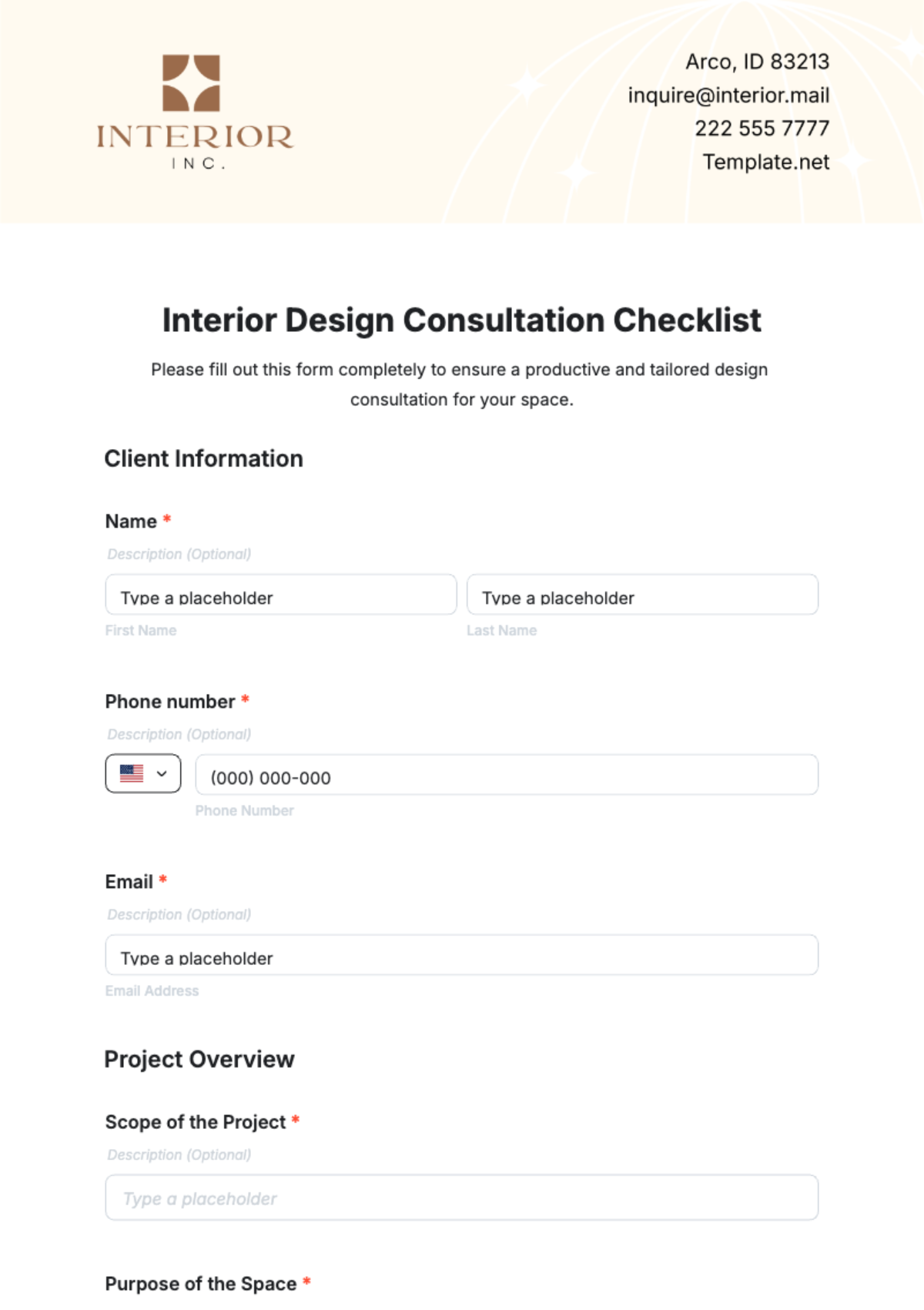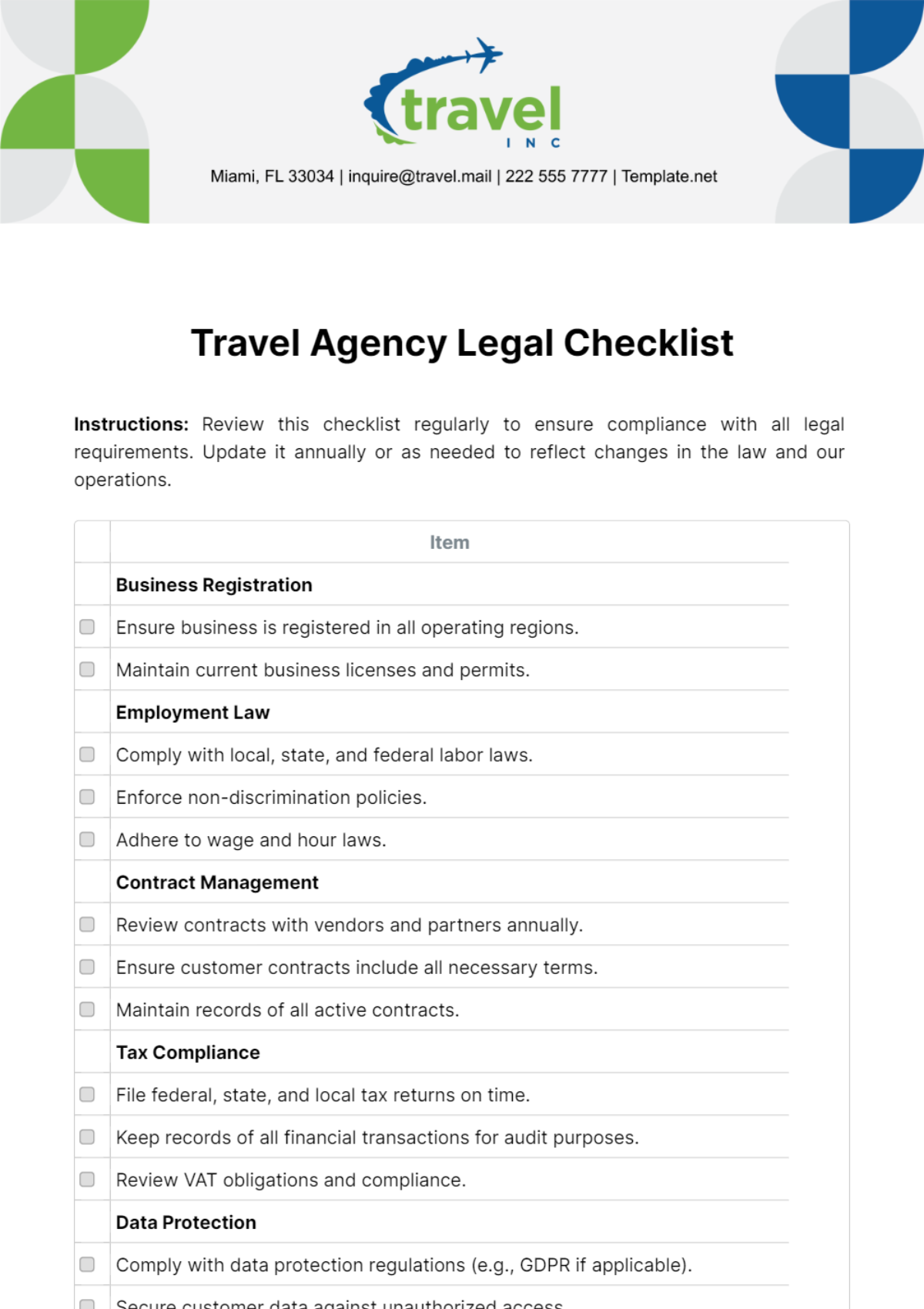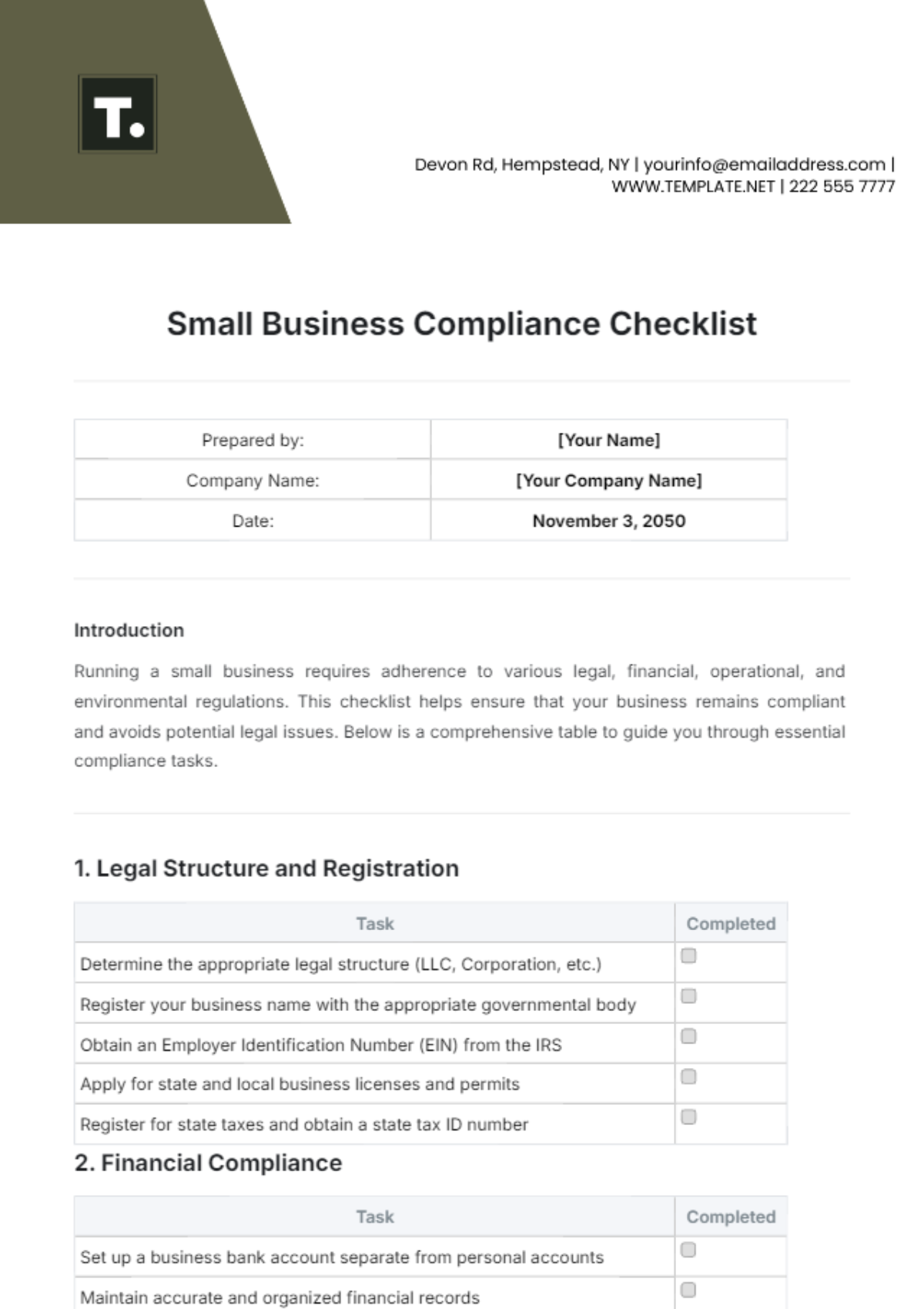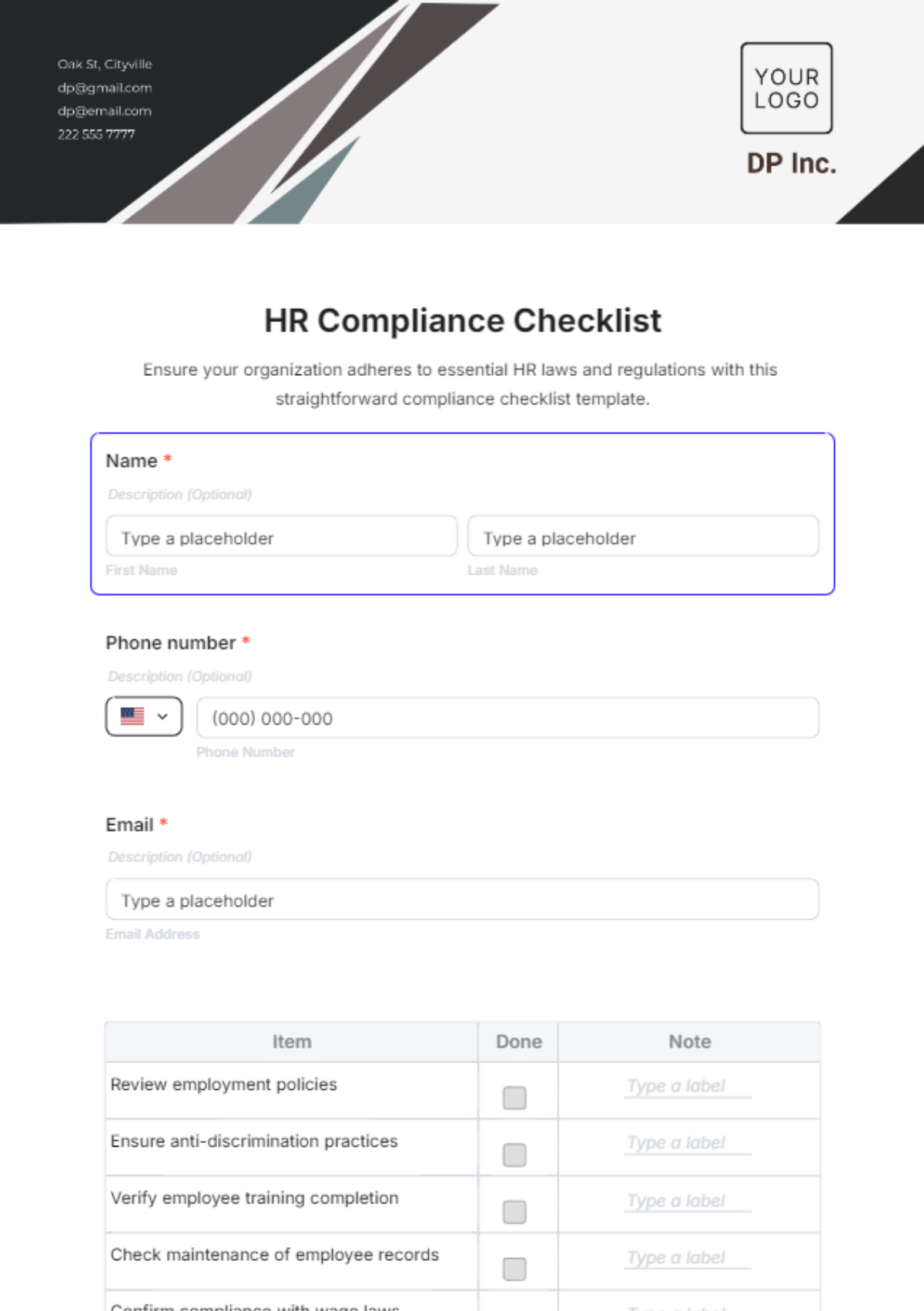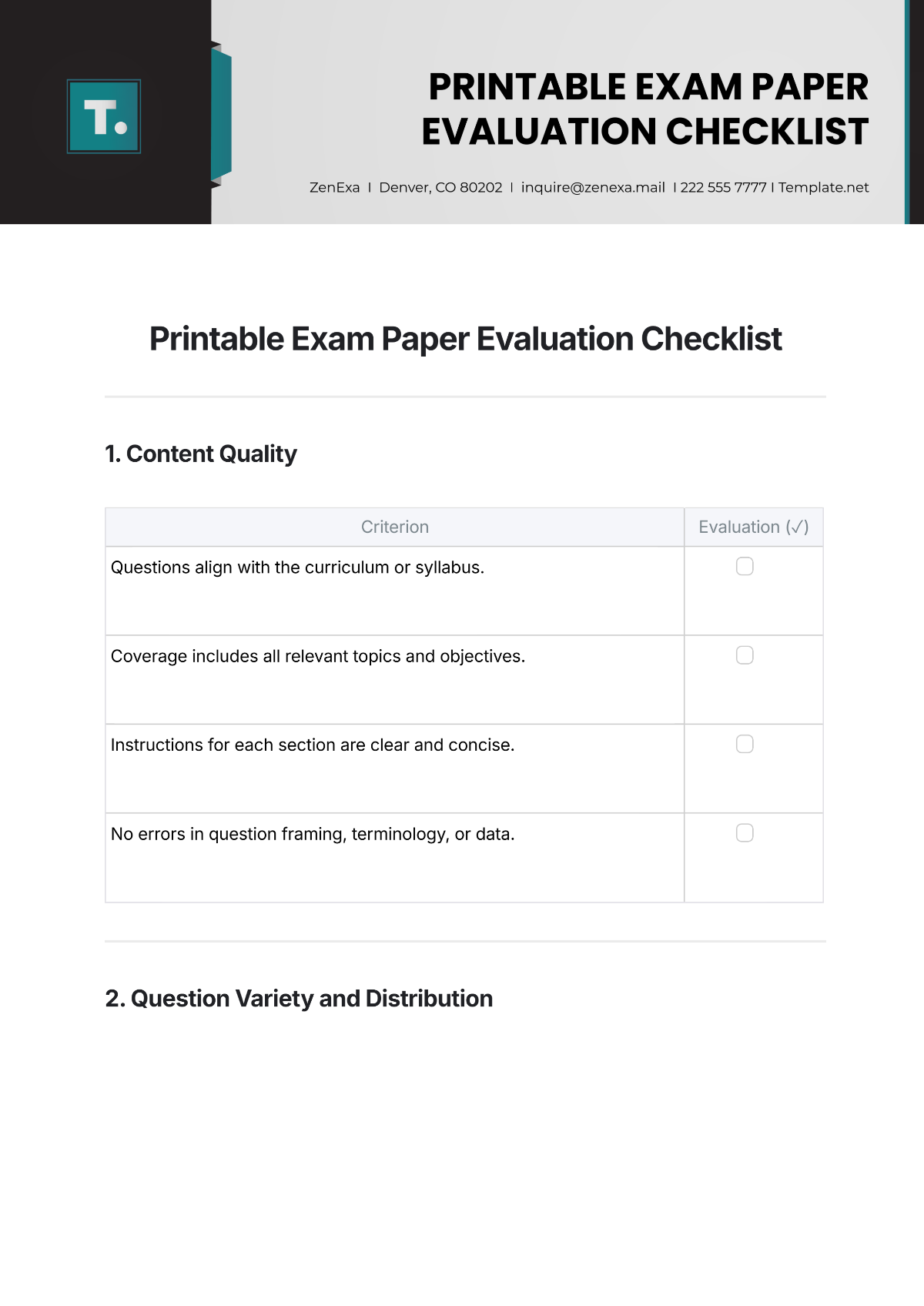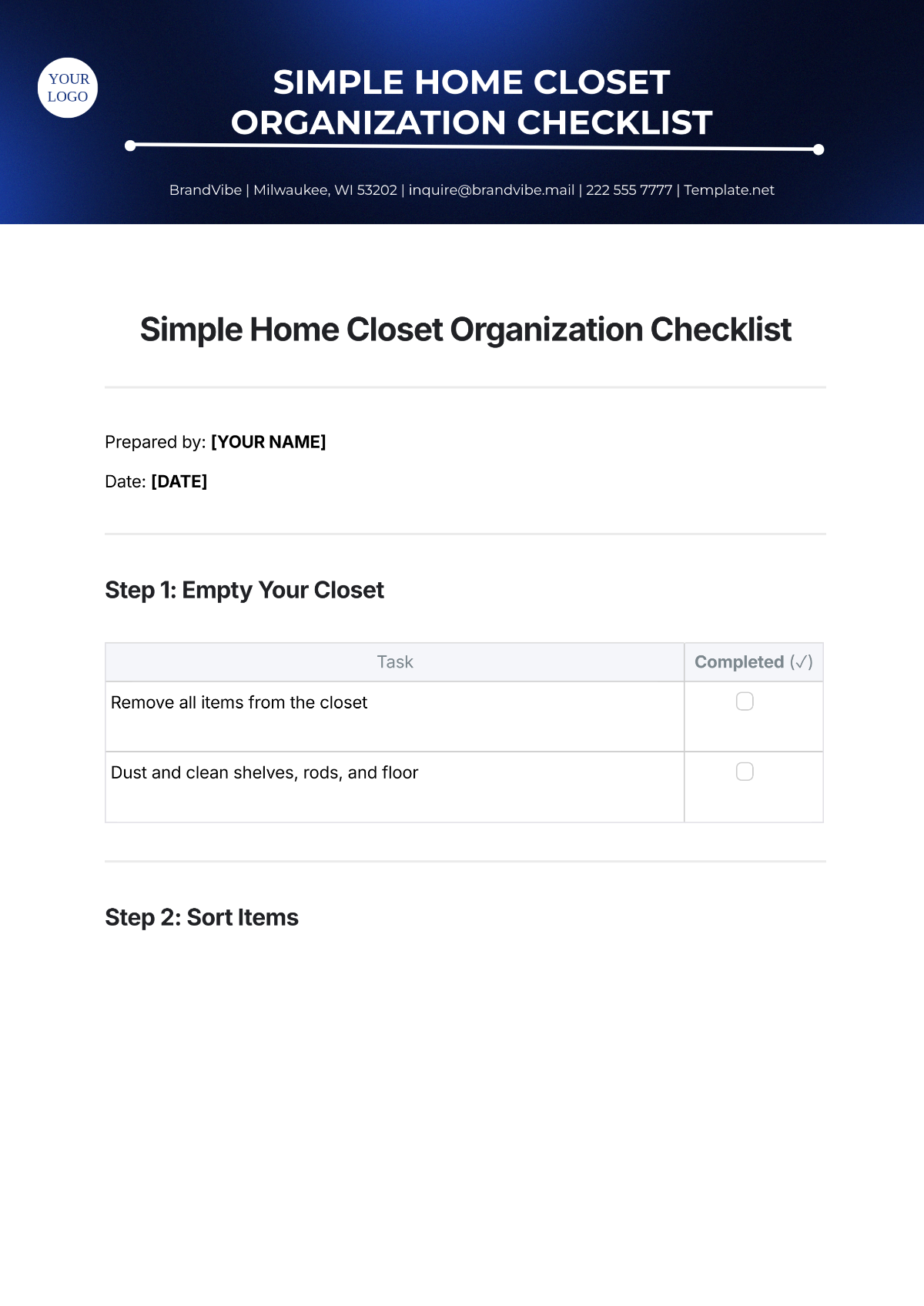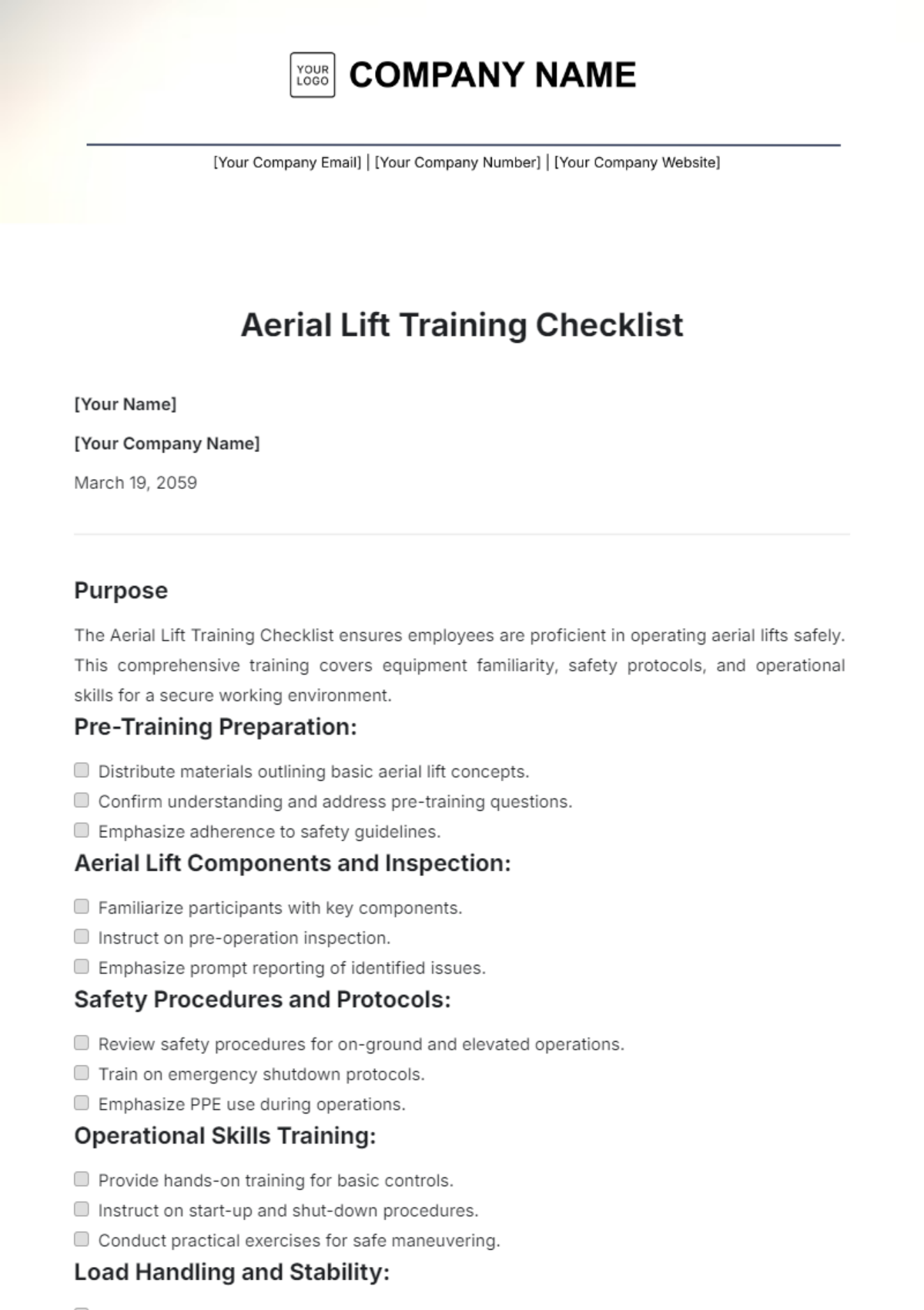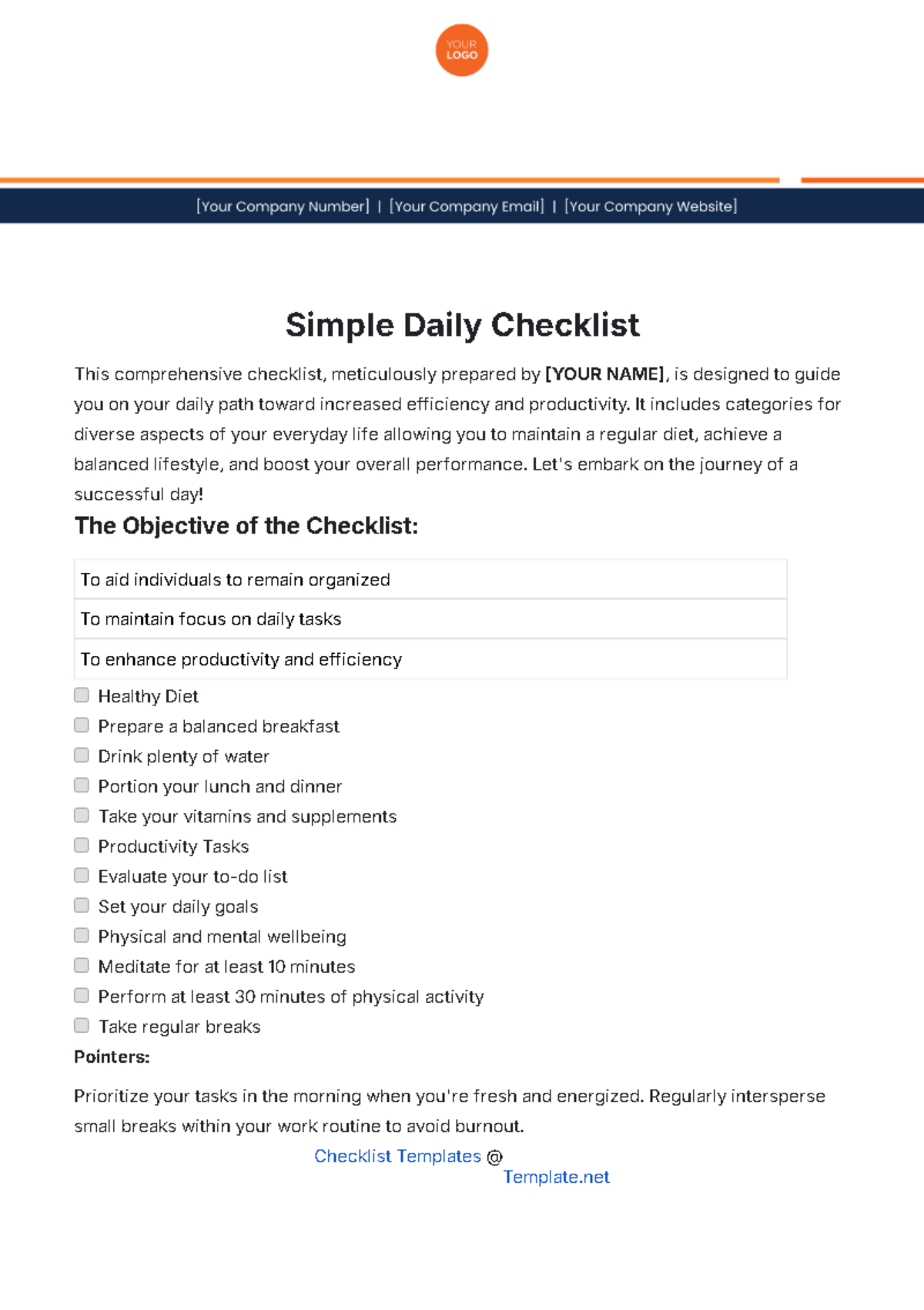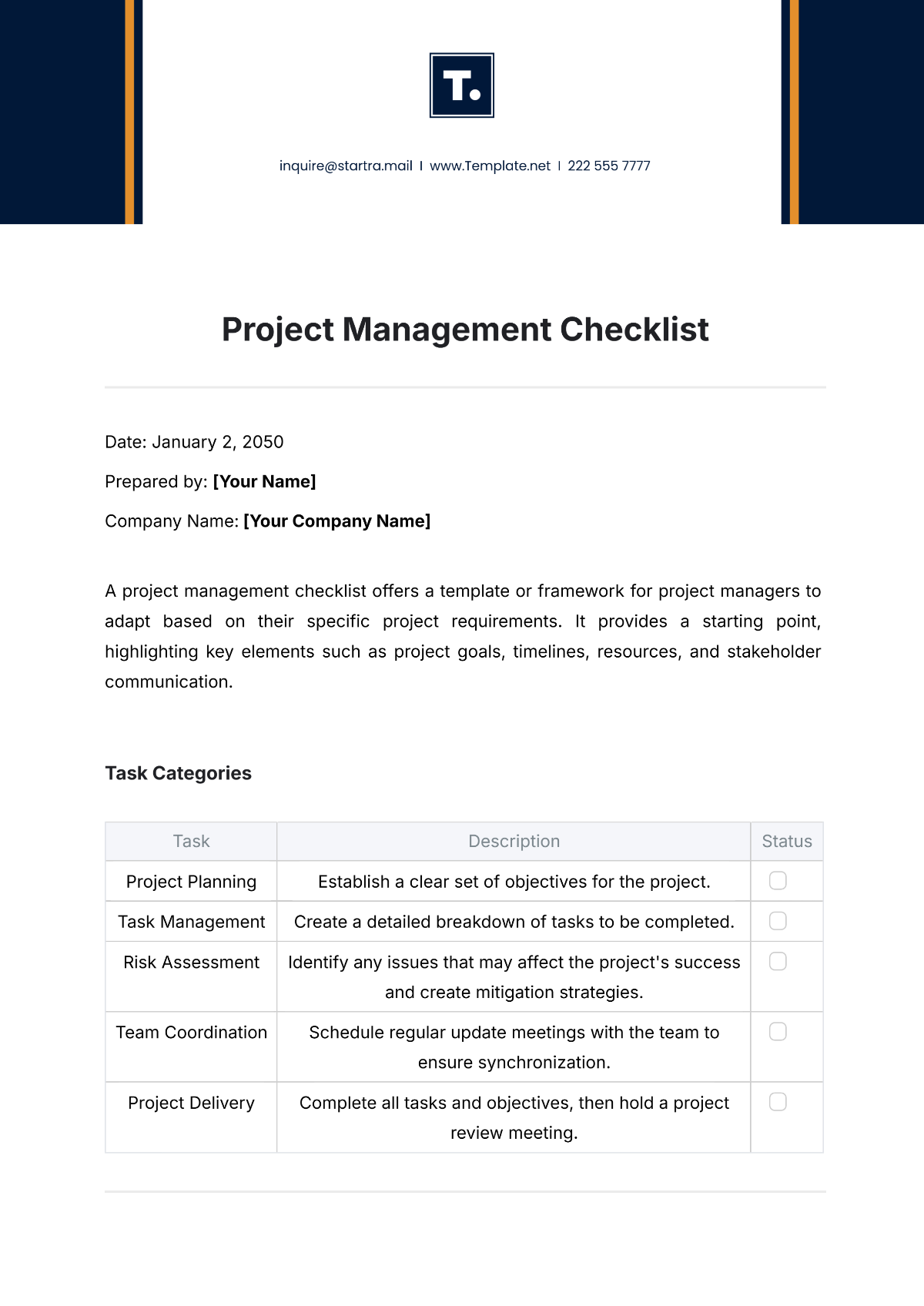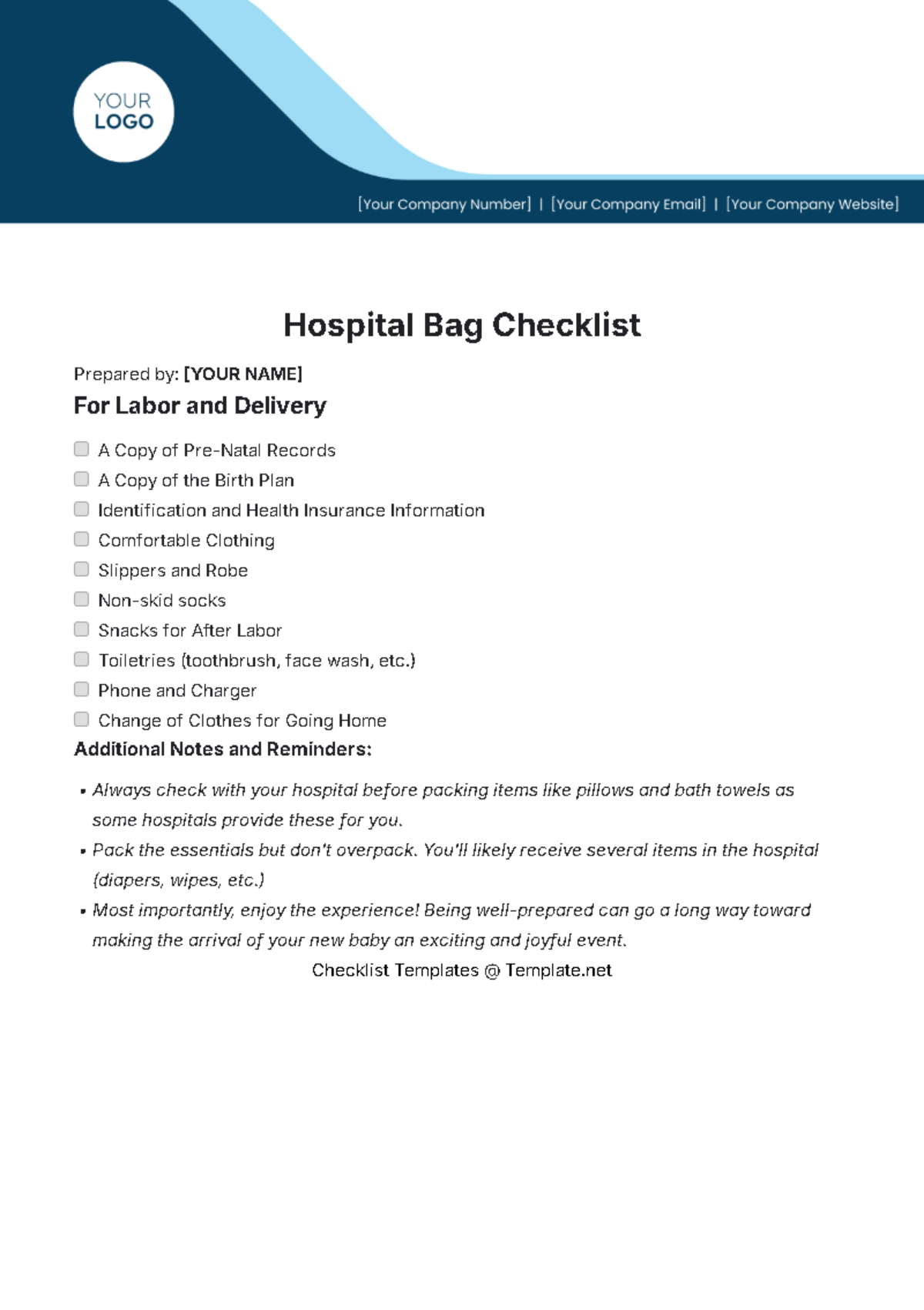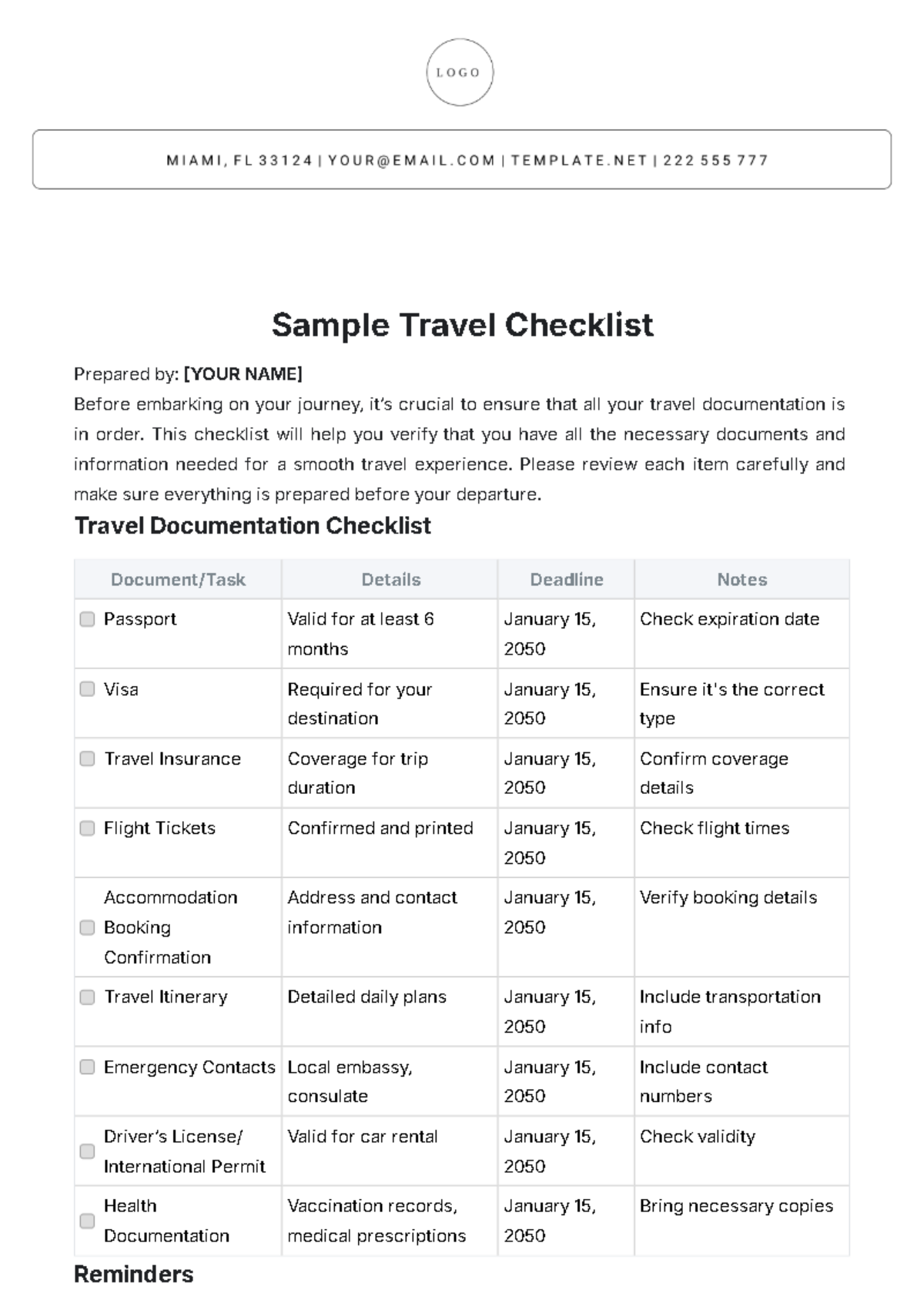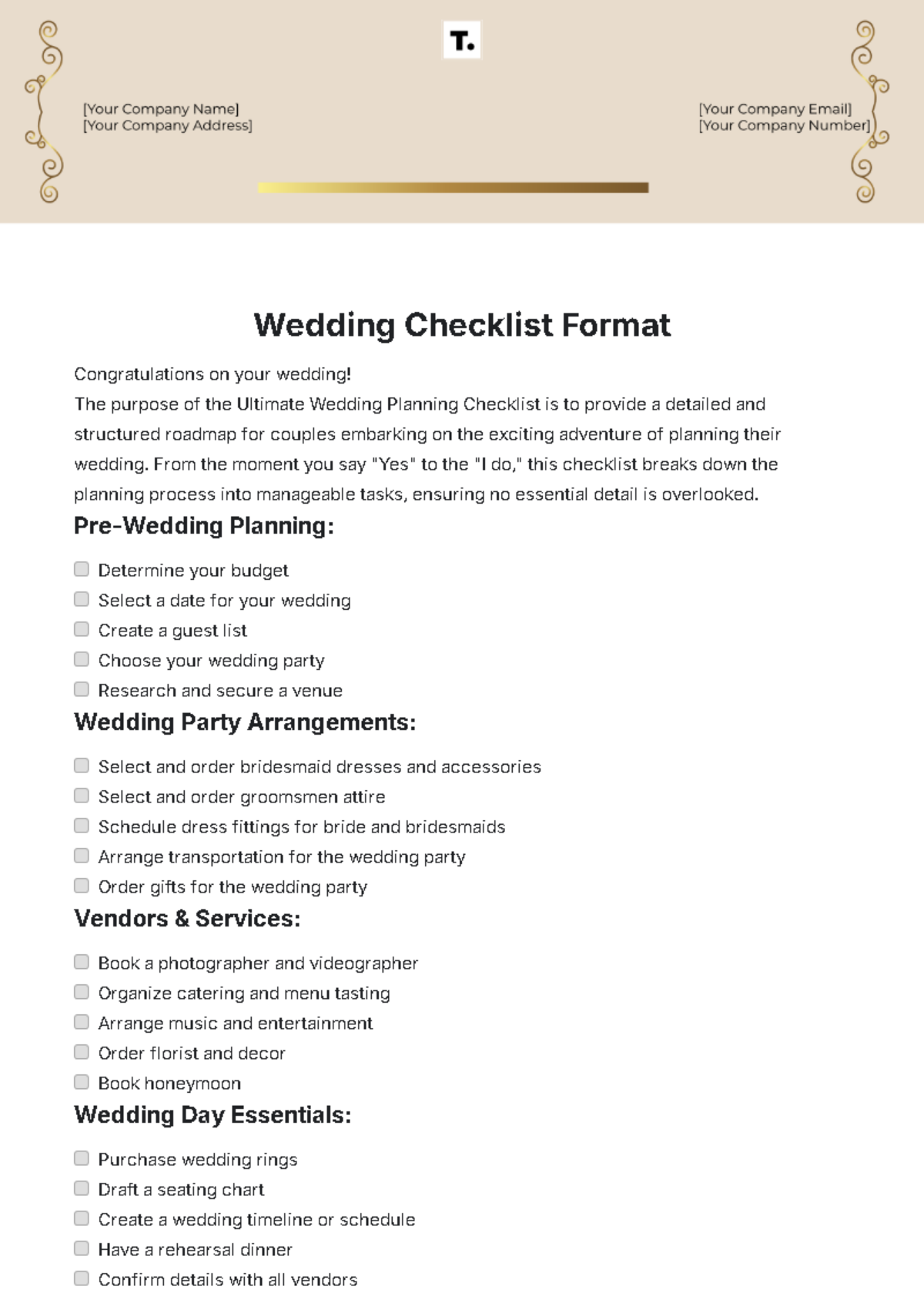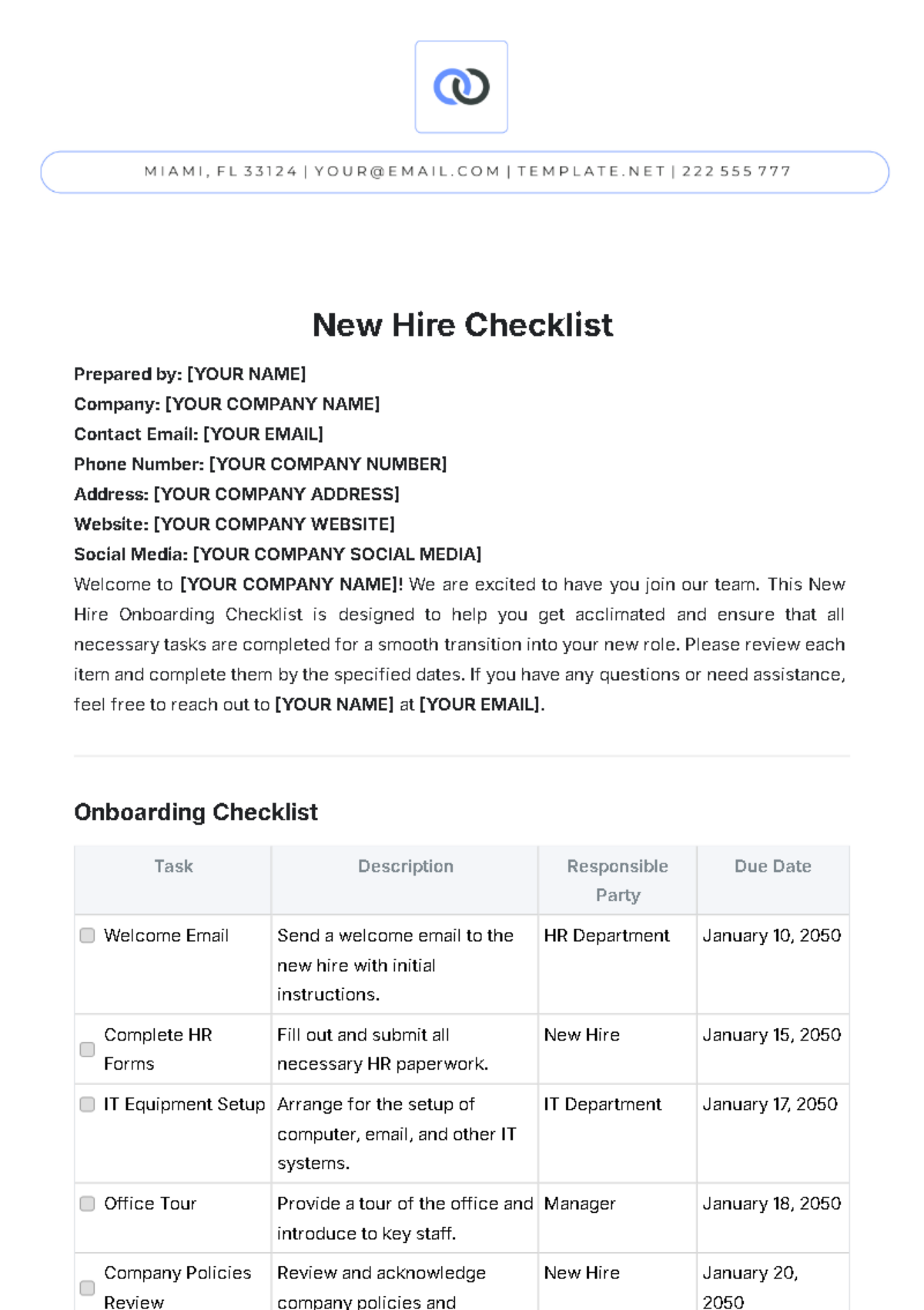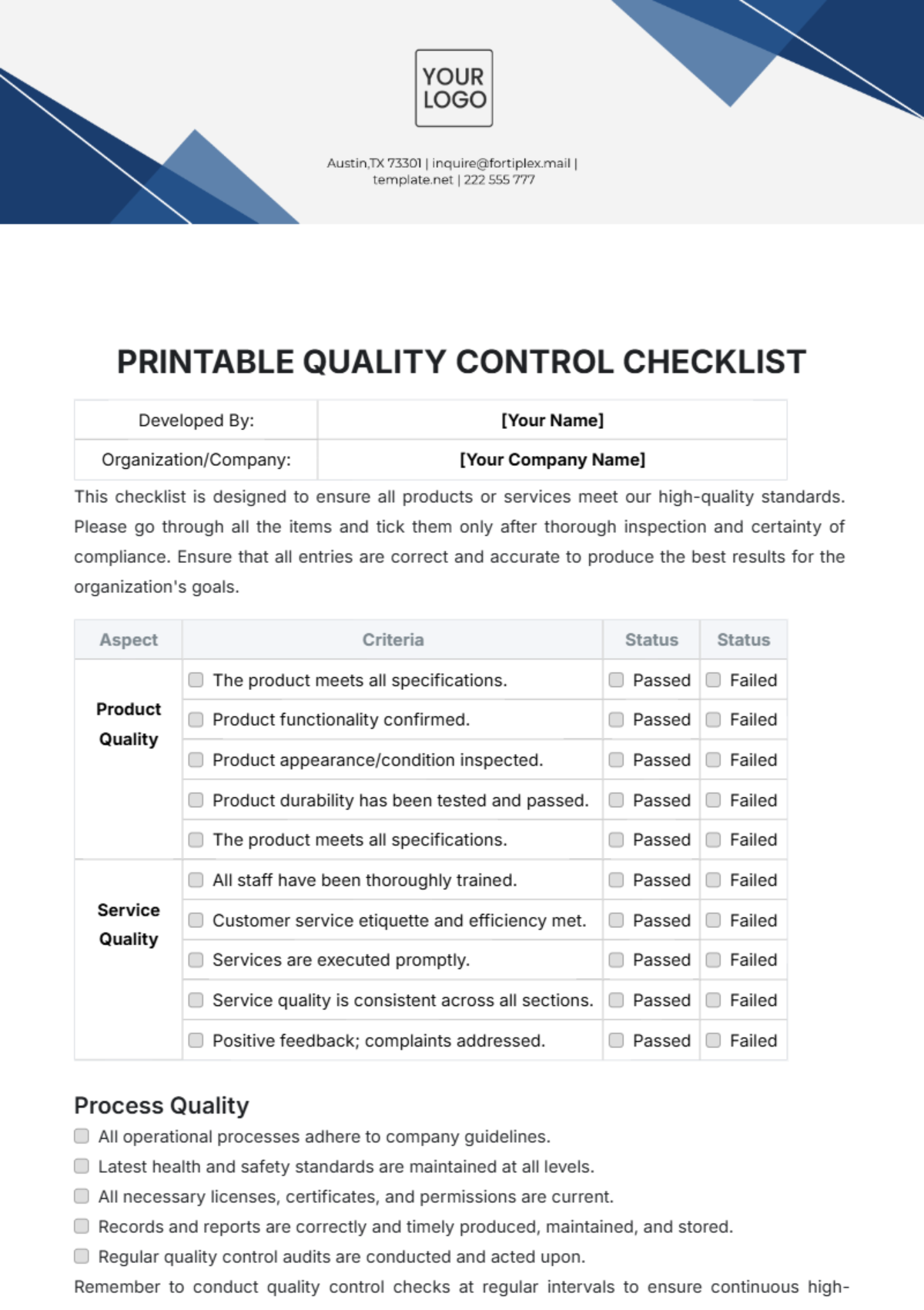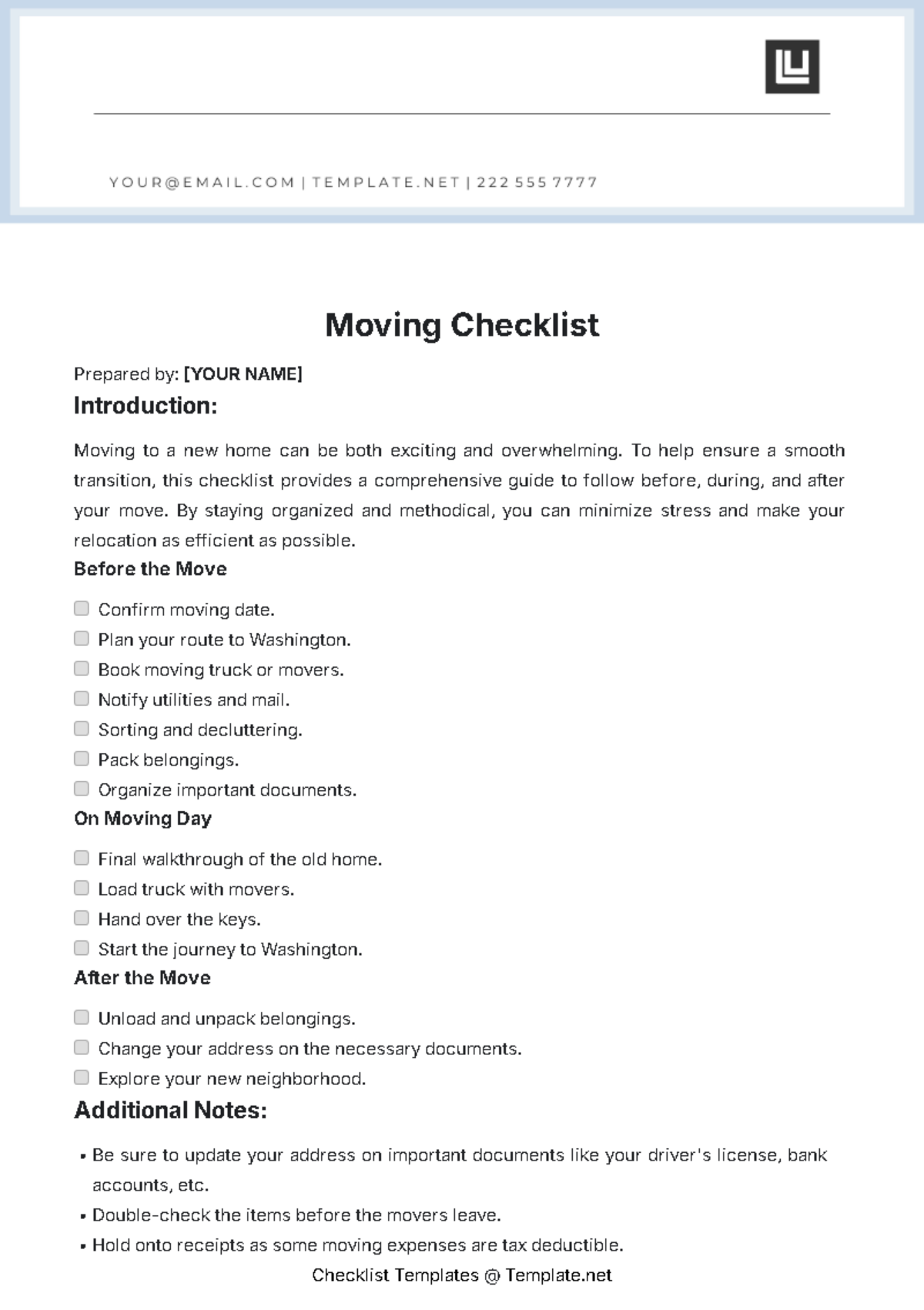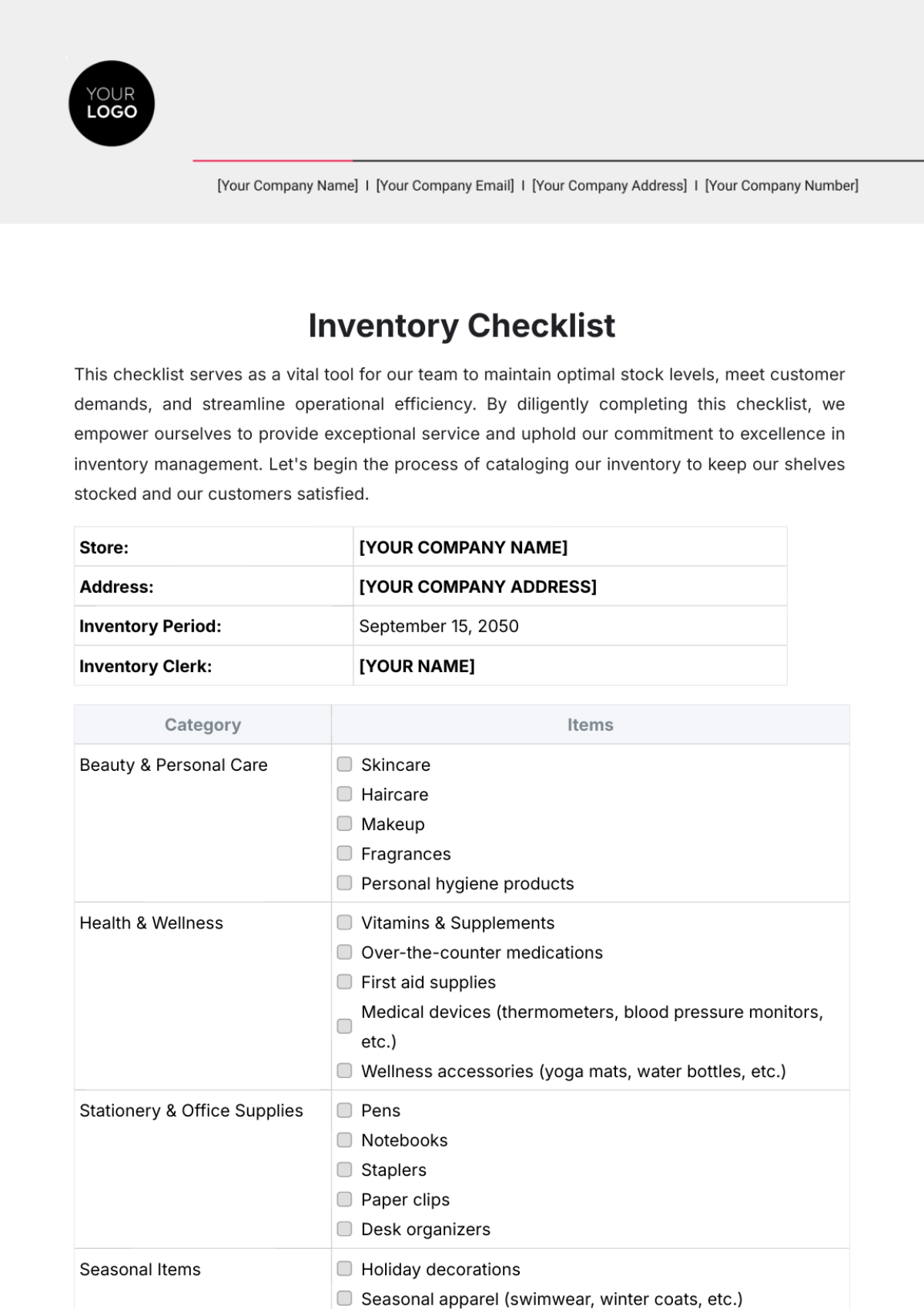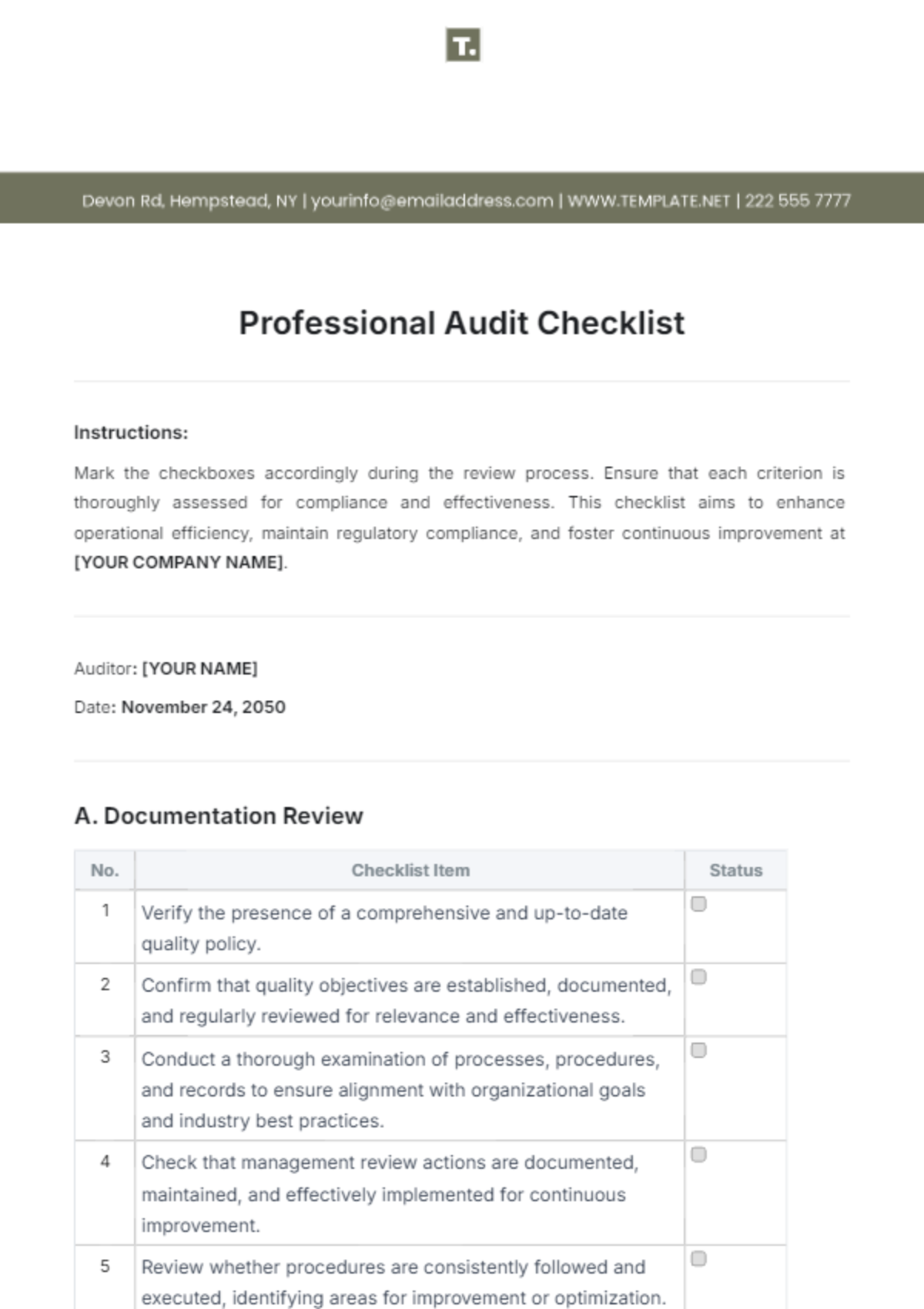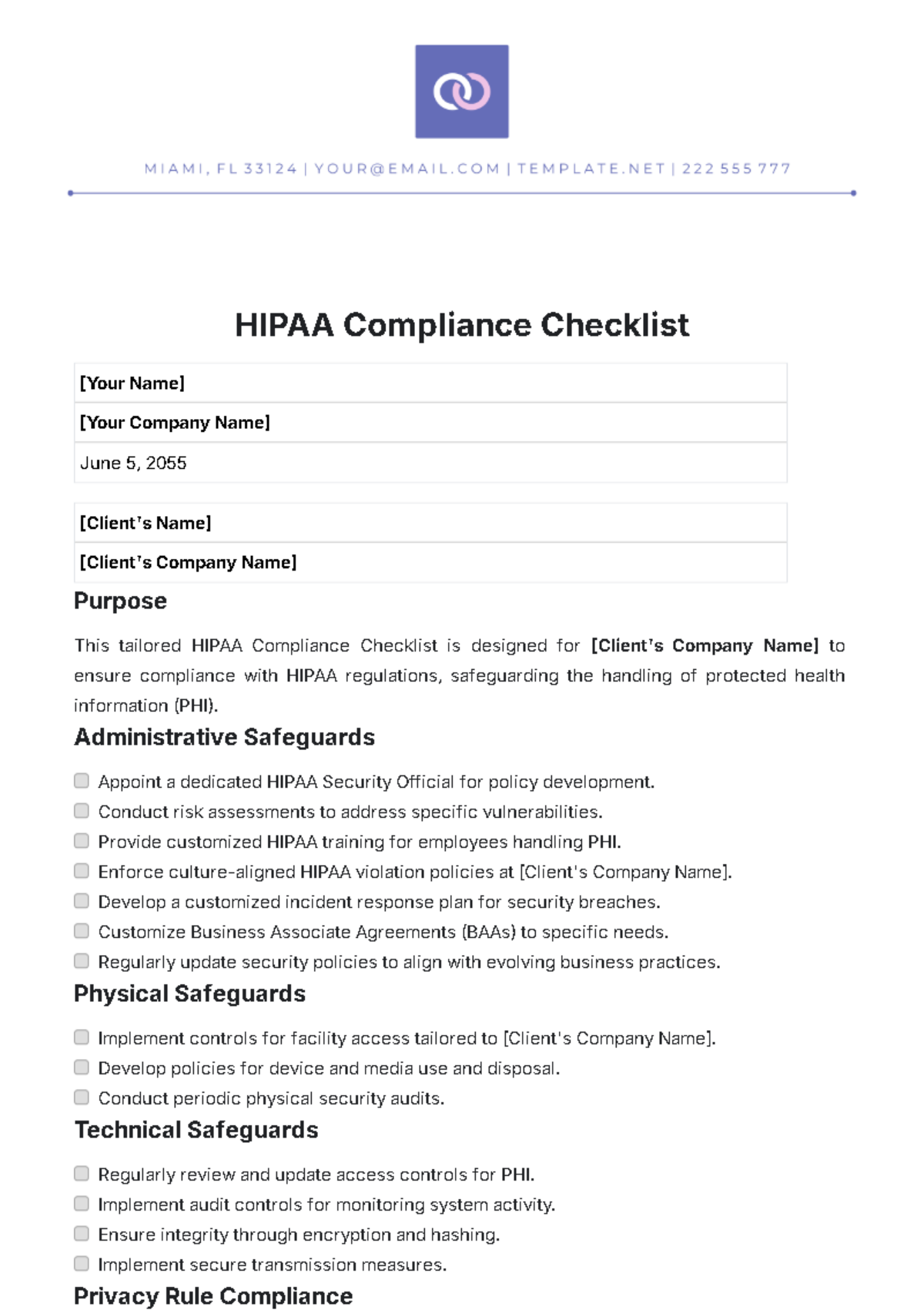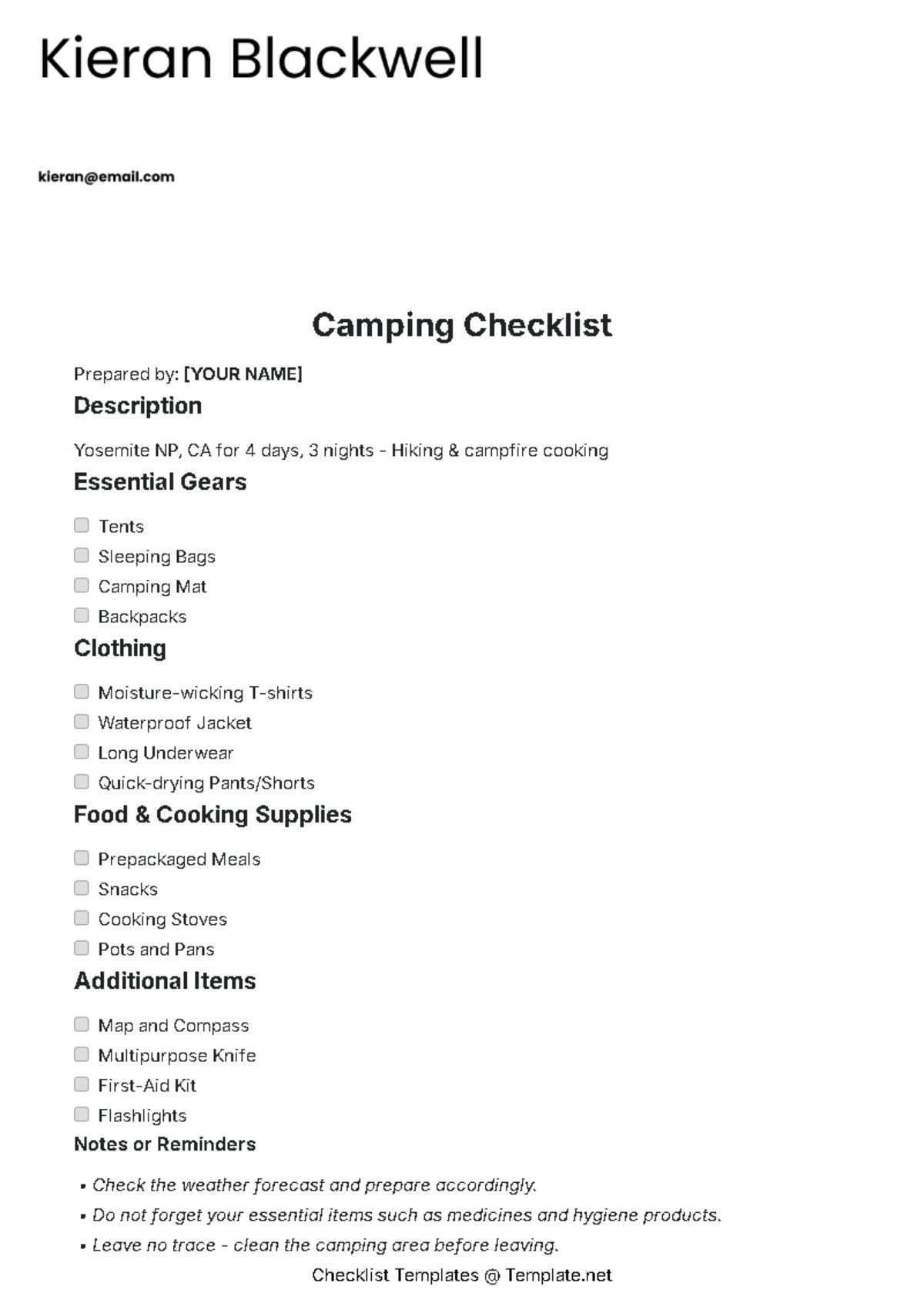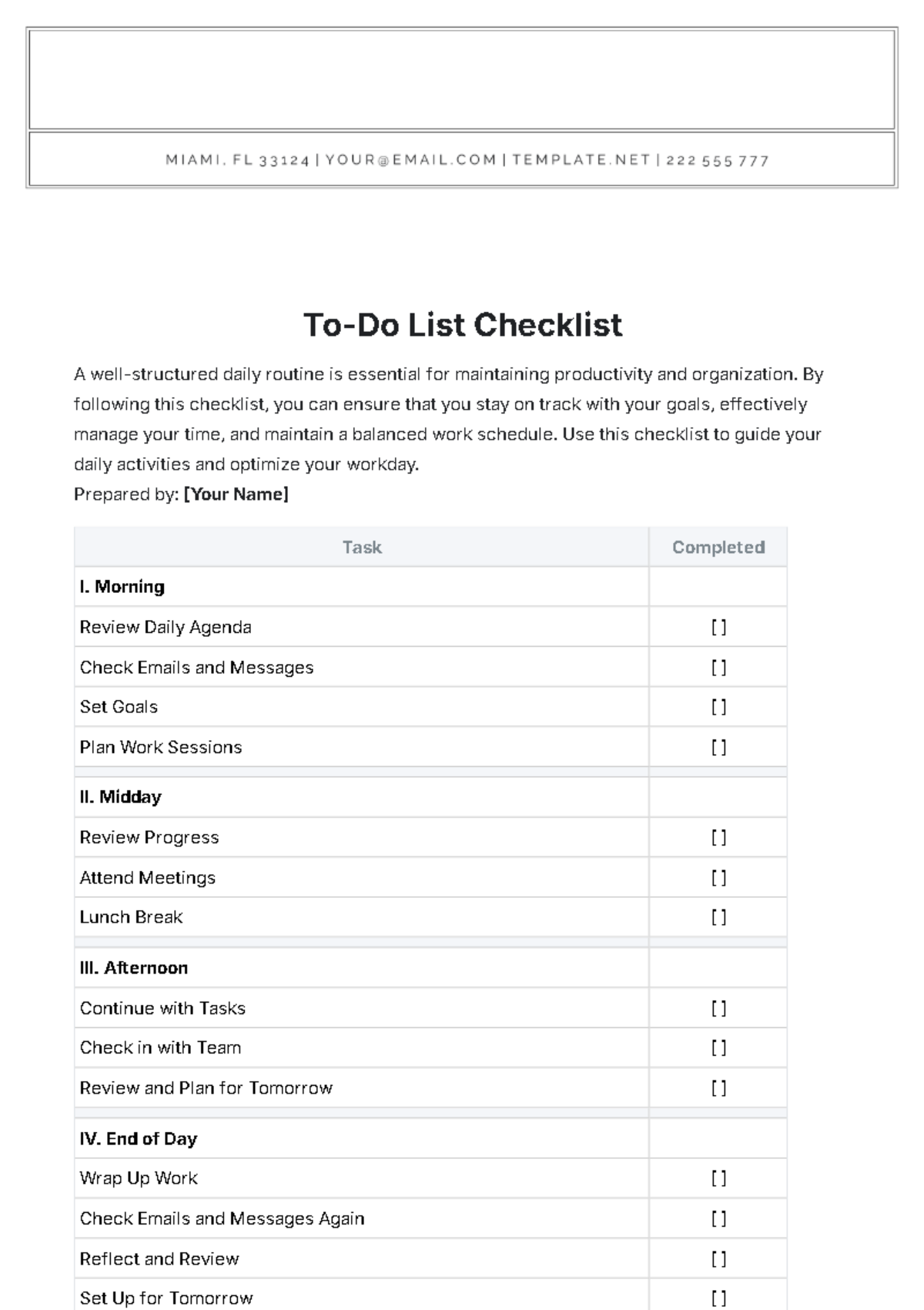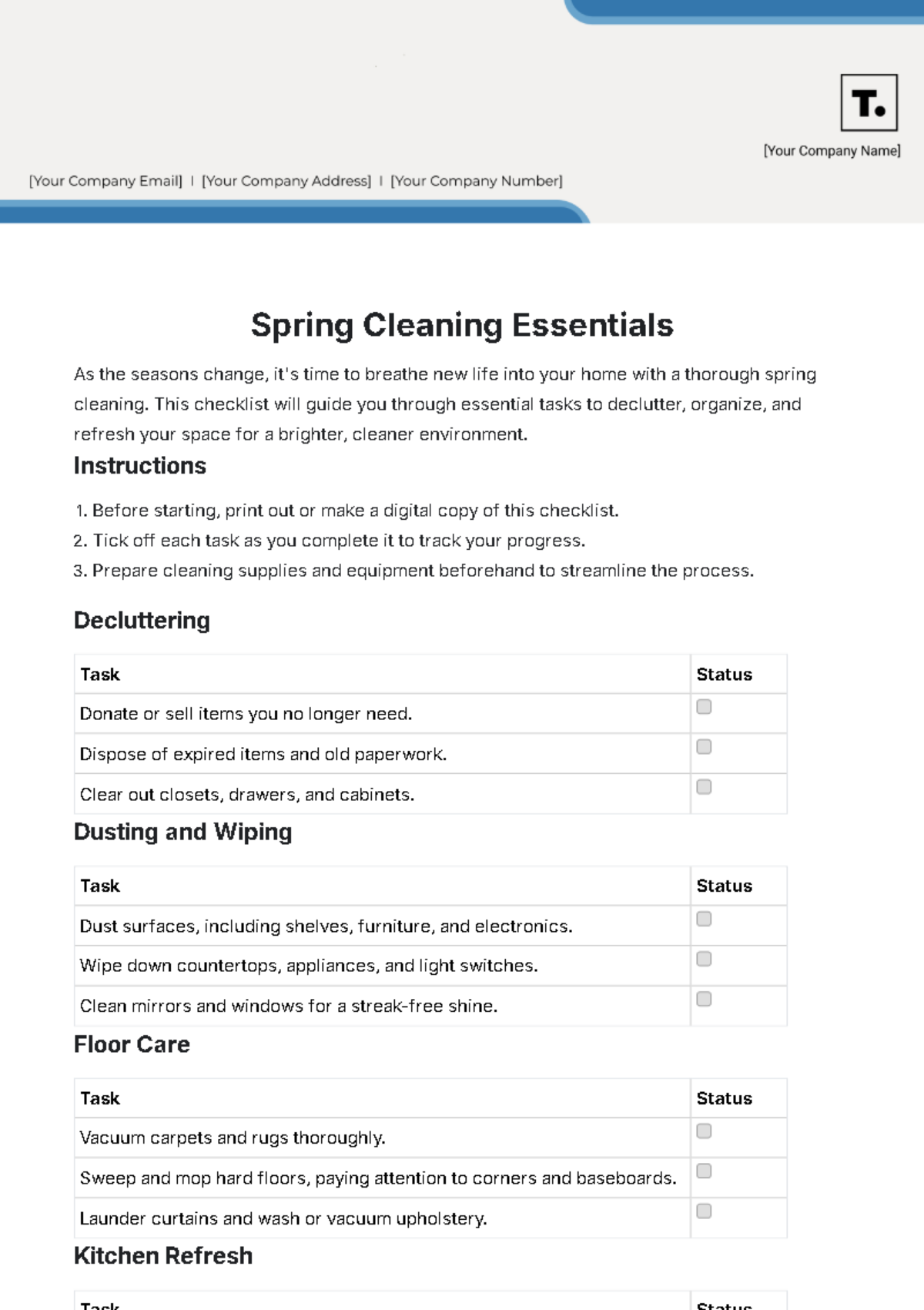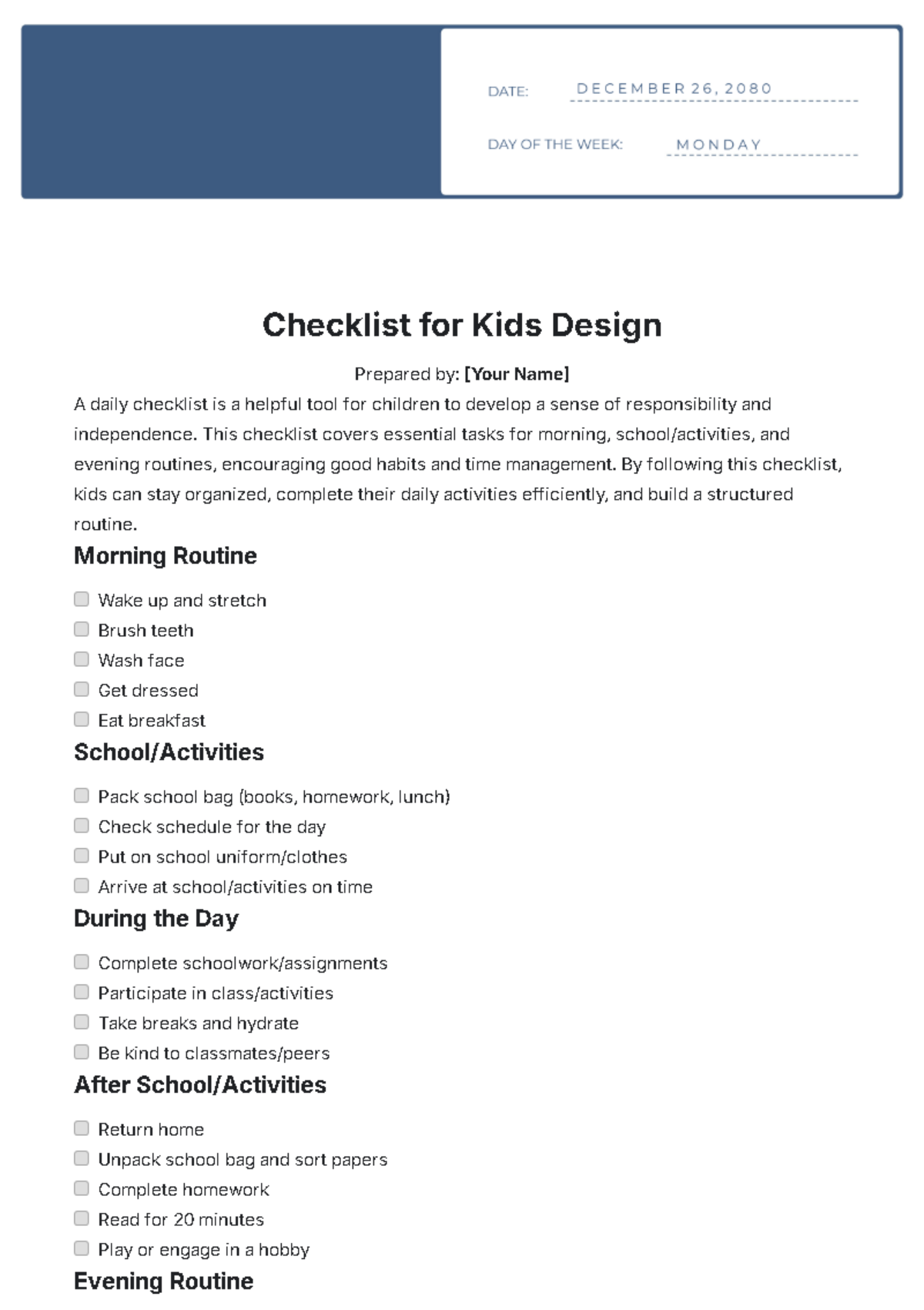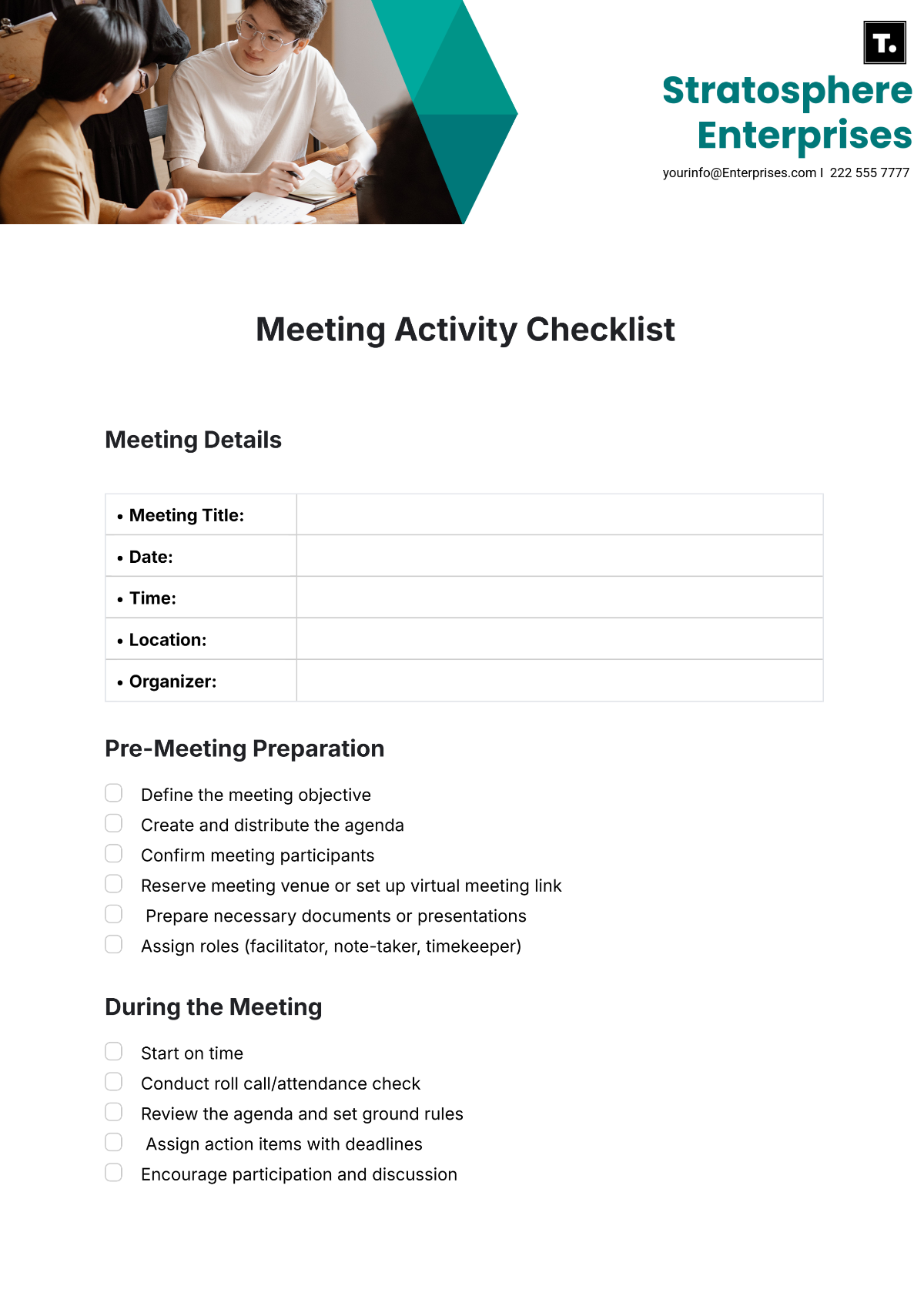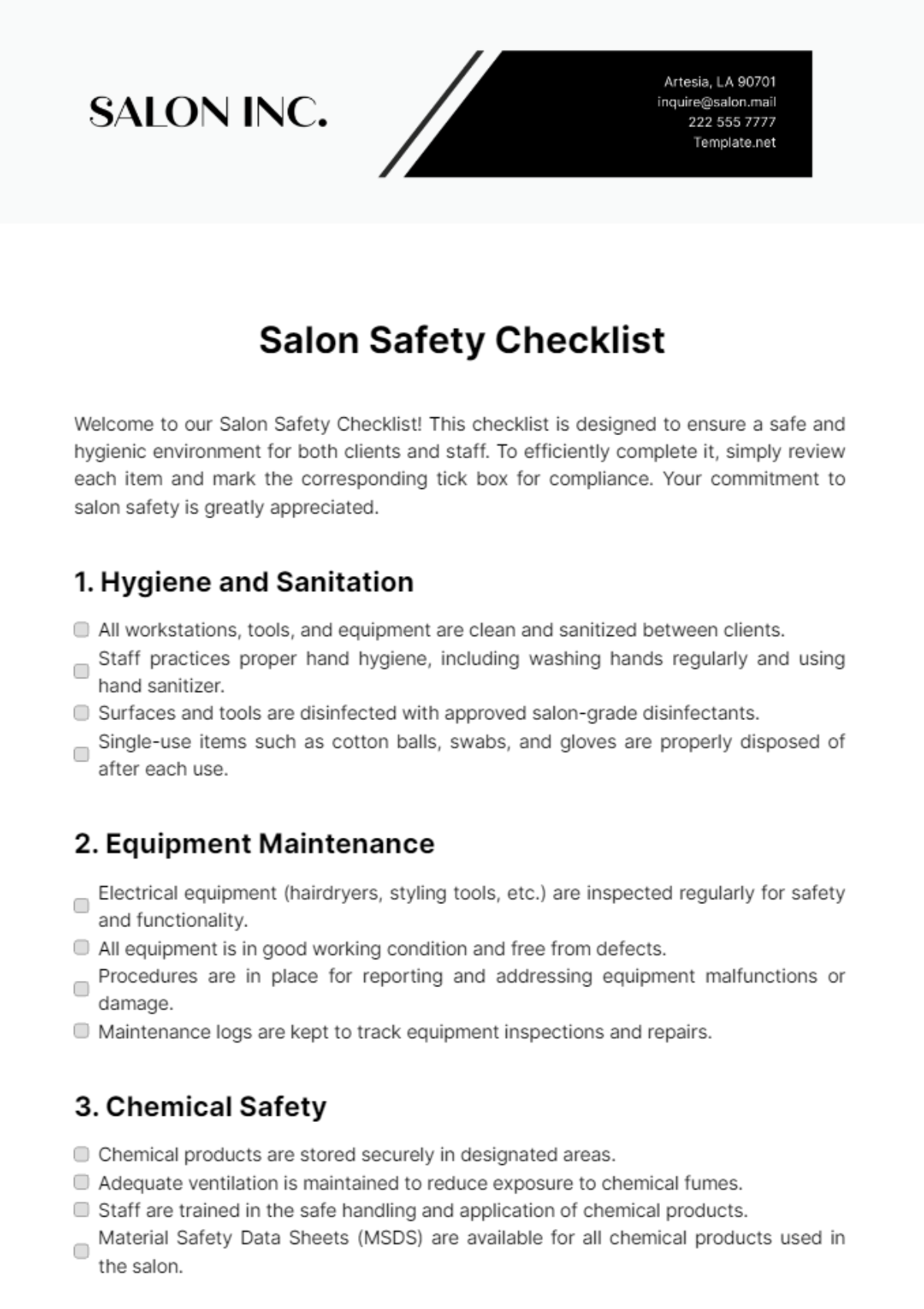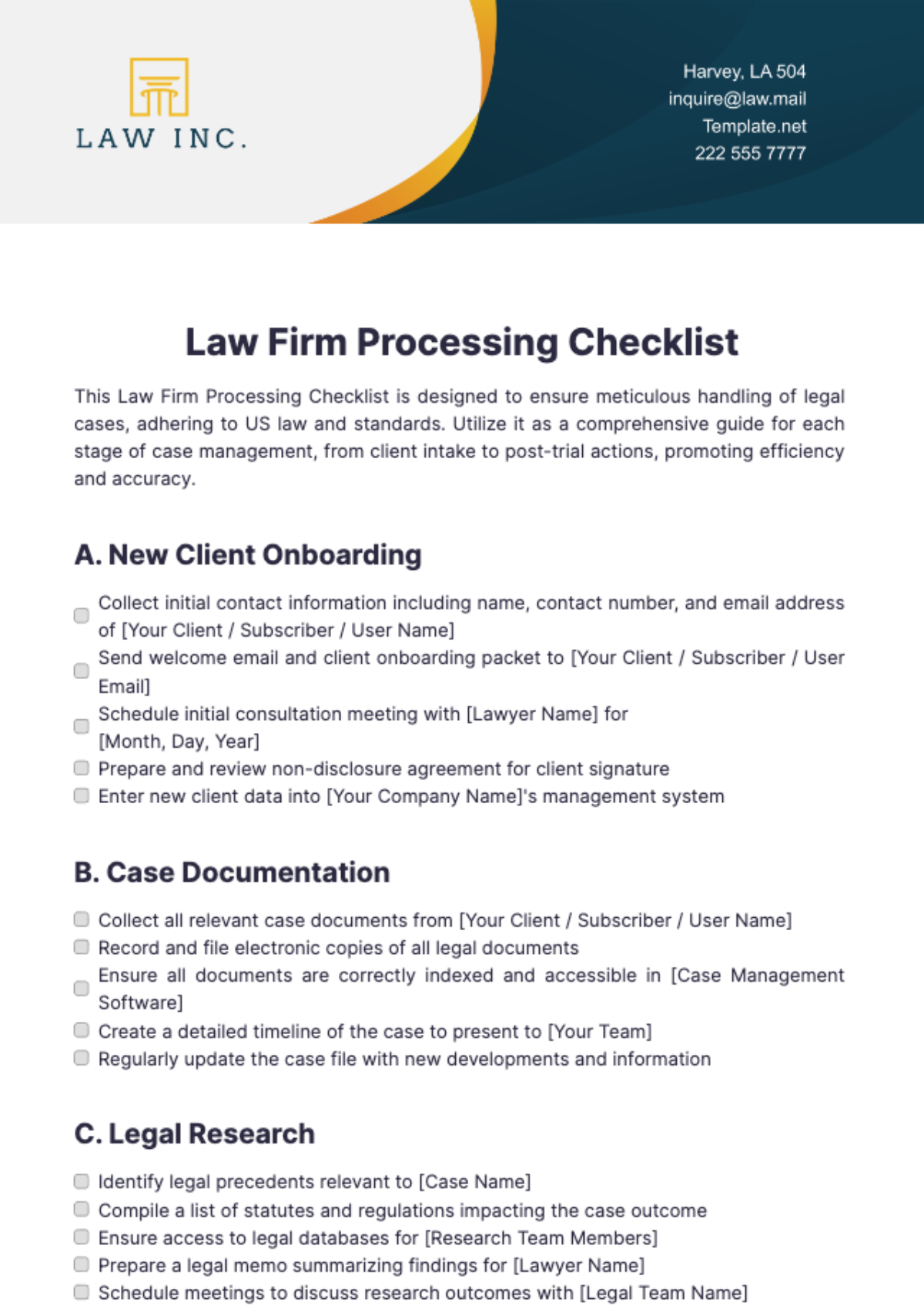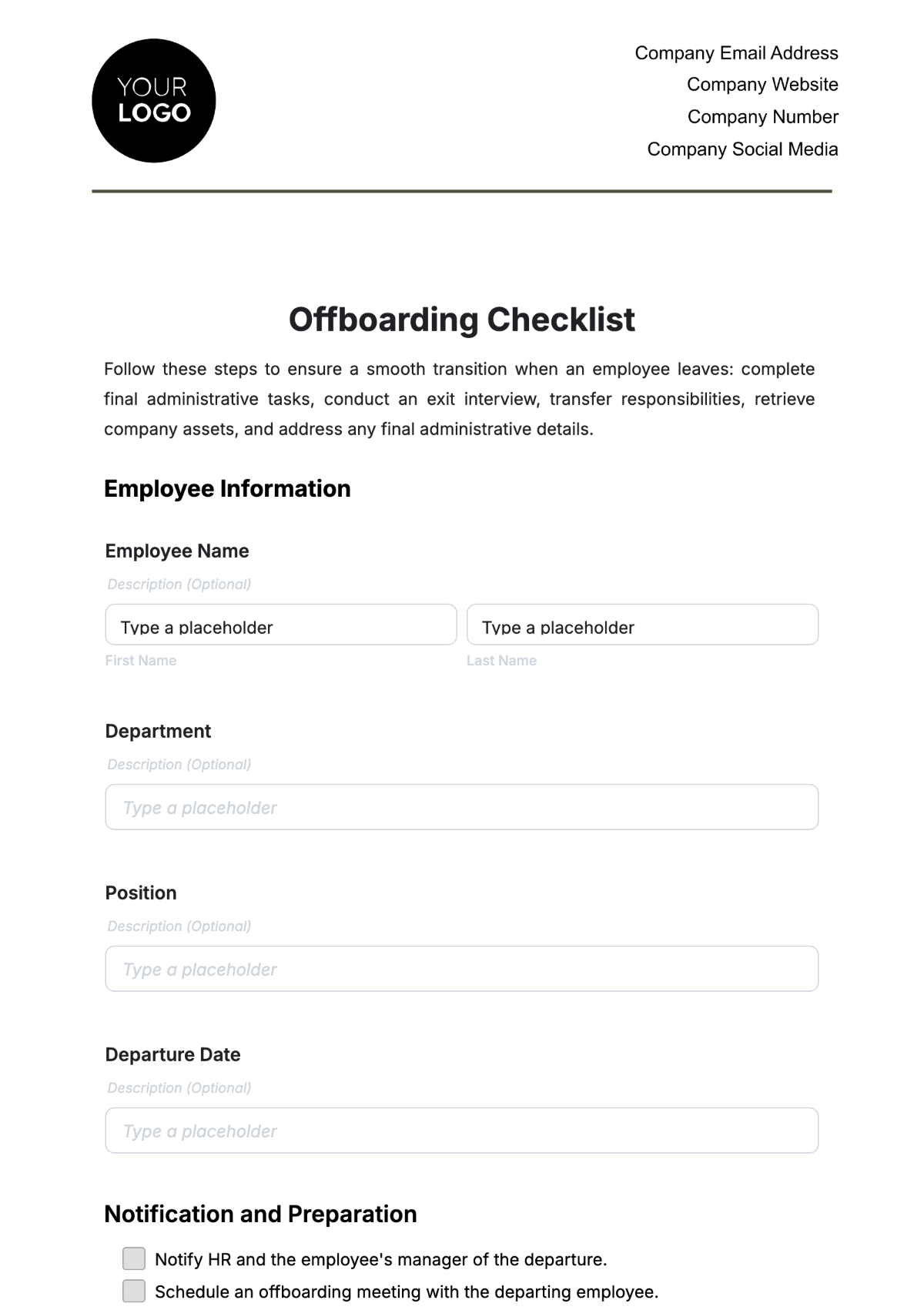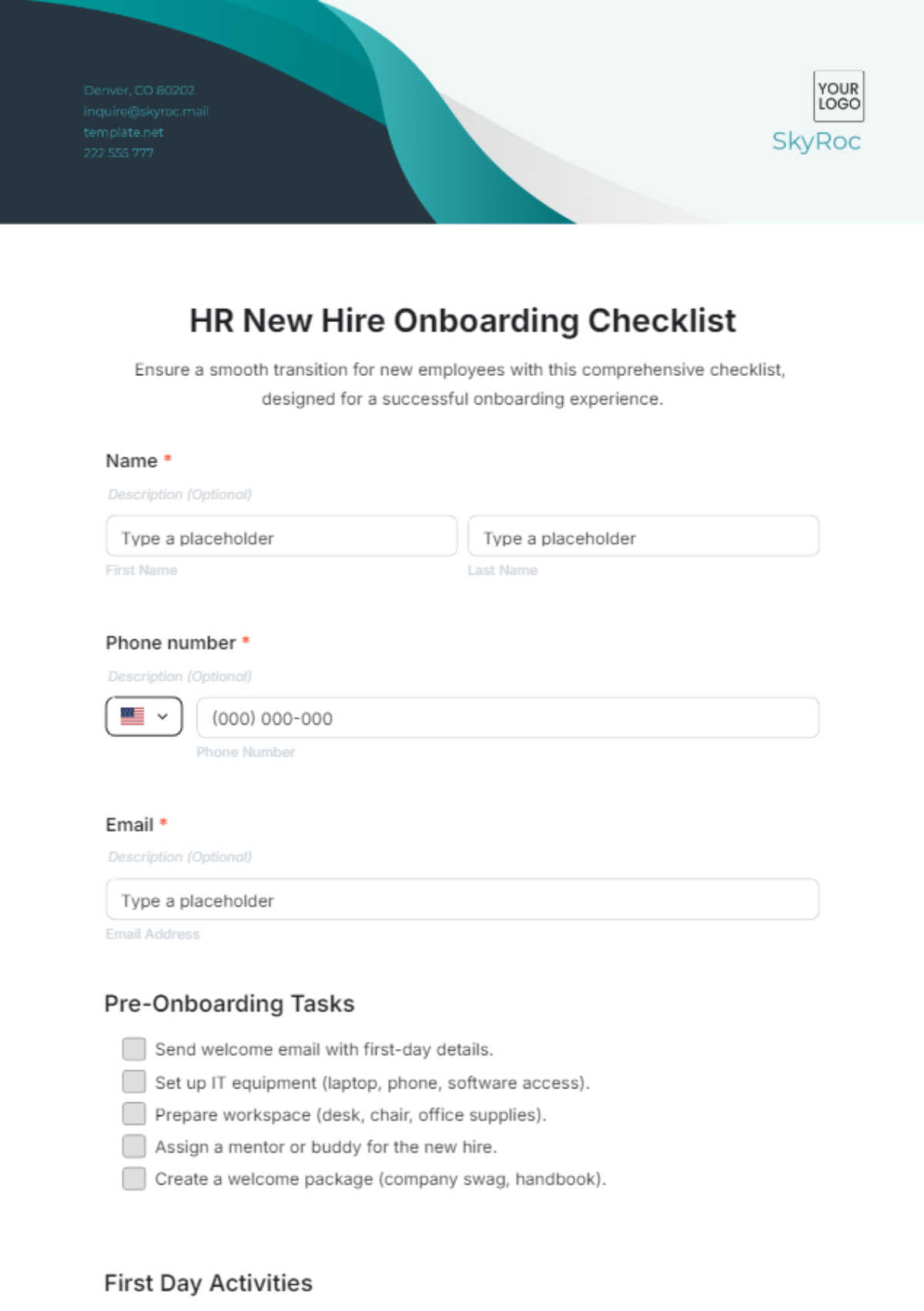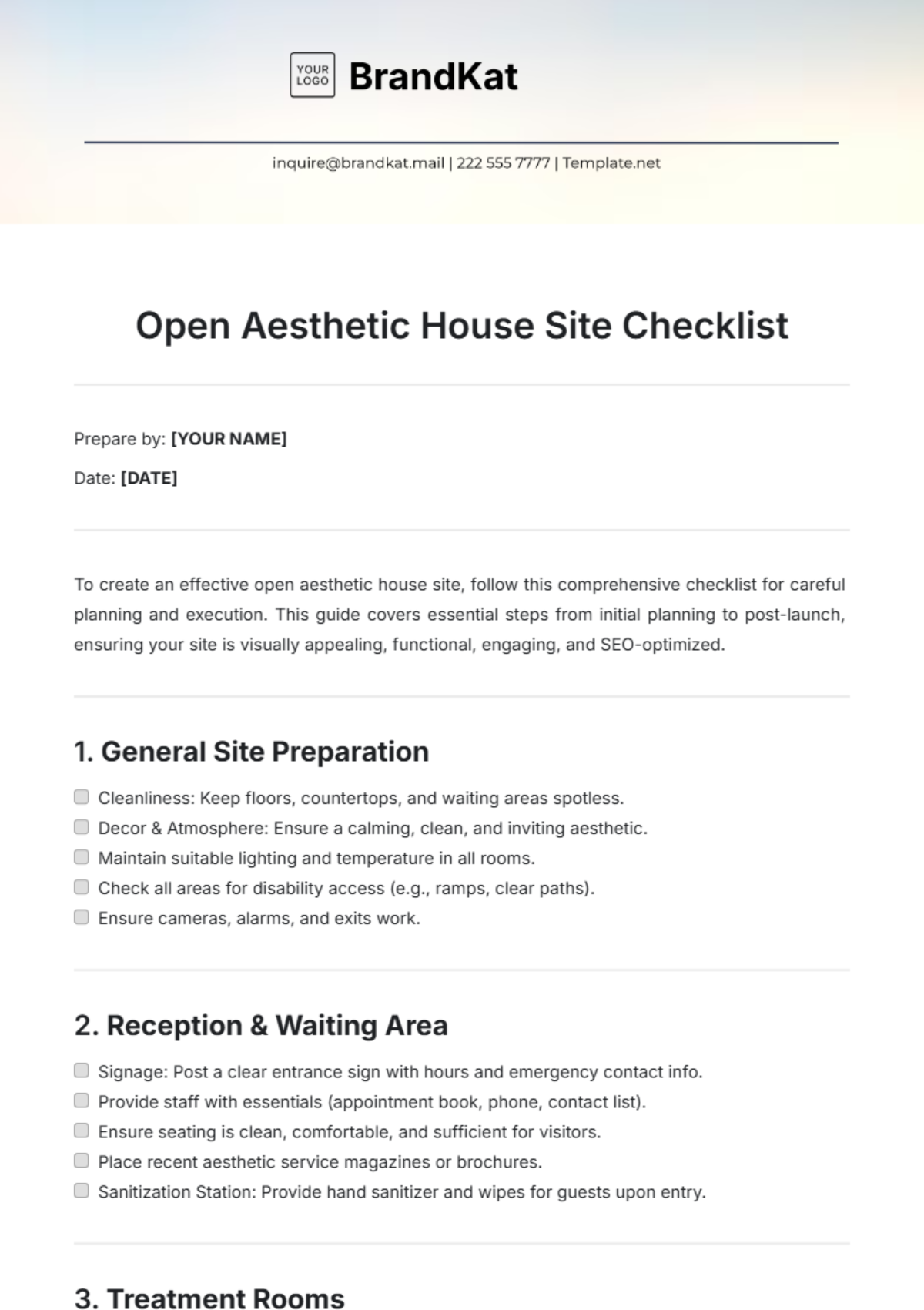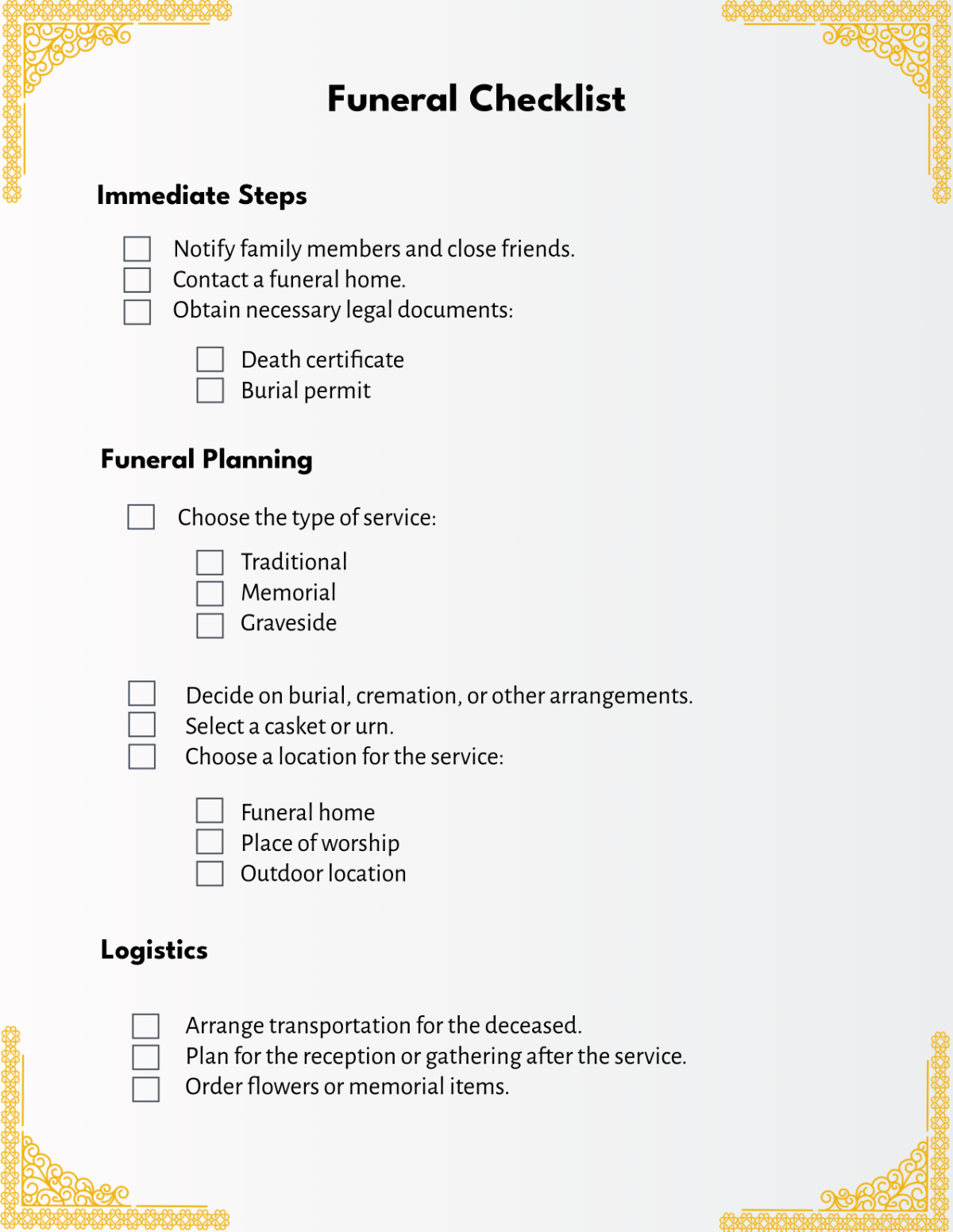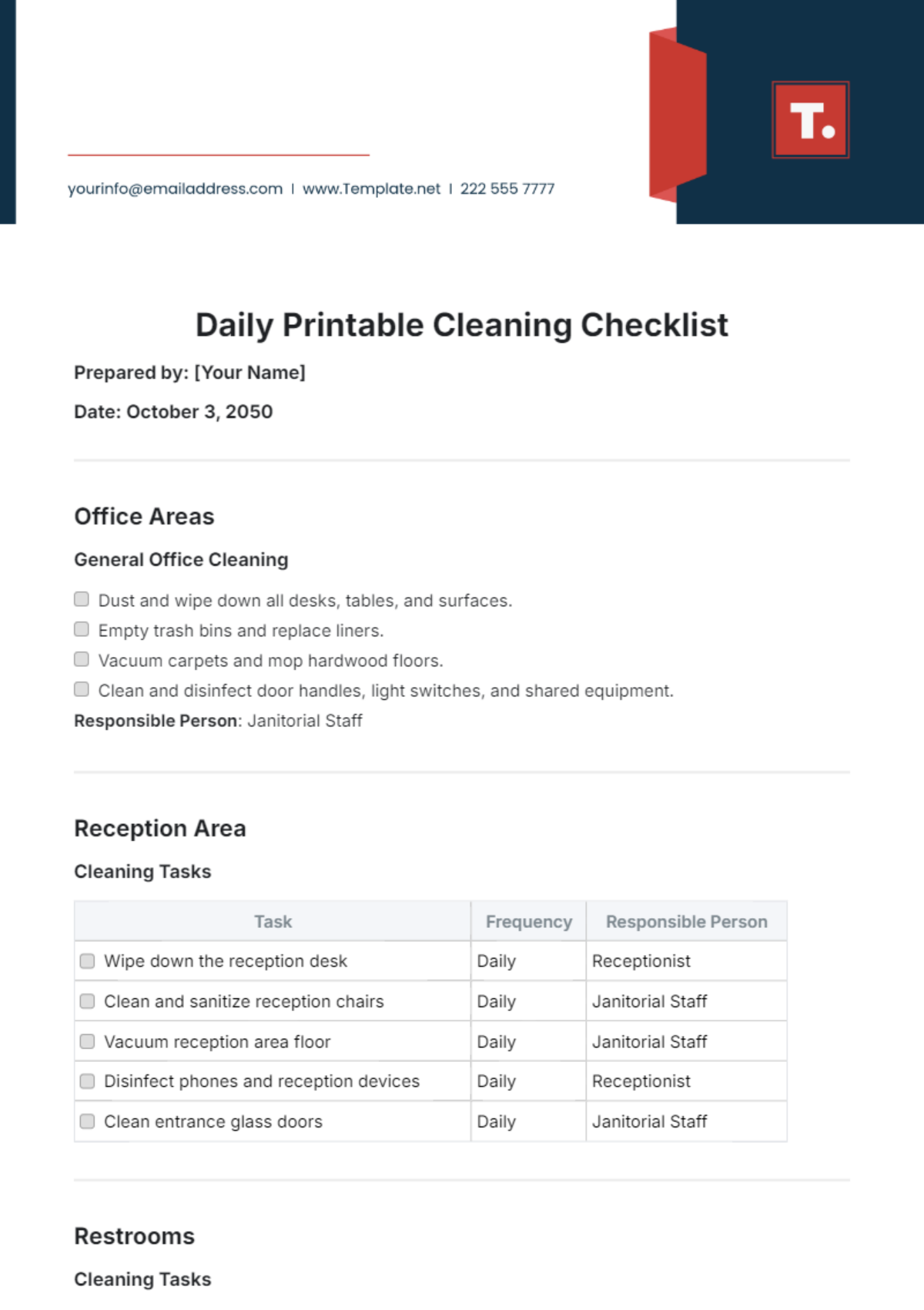Free Website Assessment Checklist Template
Website Evaluation Framework
The following checklist is your step-by-step guide to thoroughly evaluate your website, focusing on driving organic traffic and providing valuable content. Stick to the tasks outlined below and tick the checkboxes as you complete each task.
Goals & Objectives
1. Define Business Goals:
Identify the primary objectives of the website.
Align goals with overall business strategy.
2. Target Audience Analysis:
Understand the target demographic.
Analyze user behavior and preferences.
3. Conversion Metrics:
Establish key performance indicators (KPIs) for conversions.
Track and measure conversion rates.
4. Competitor Analysis:
Evaluate competitor websites.
Identify strengths and weaknesses.
5. Legal & Compliance Check:
Ensure compliance with data protection laws.
Verify adherence to industry-specific regulations.
Site Performance Assessment
1. Page Loading Speed:
Use tools like Google PageSpeed Insights.
Optimize images and minimize server response time.
2. Mobile Responsiveness:
Check responsiveness across various devices.
Prioritize mobile user experience.
3. Browser Compatibility:
Test website functionality on different browsers.
Address any compatibility issues.
4. Website Uptime:
Monitor website uptime using tools.
Implement measures for downtime prevention.
5. Security Assessment:
Ensure SSL/TLS encryption.
Regularly update and patch security vulnerabilities.
SEO Optimization
1. Keyword Research:
Identify relevant keywords for the business.
Use tools like Google Keyword Planner.
2. On-Page SEO:
Optimize title tags, meta descriptions, and headers.
Ensure keyword placement in content.
3. Sitemap Submission:
Submit XML sitemap to search engines.
Ensure proper indexing of website pages.
4. Backlink Analysis:
Monitor and analyze backlink quality.
Disavow toxic backlinks if necessary.
5. Mobile-Friendly SEO:
Optimize for mobile search.
Use mobile-friendly design principles.
User Experience Evaluation
Navigation and Structure:
Assess ease of navigation.
Ensure logical site structure.
Page Layout and Design:
Evaluate overall design aesthetics.
Check for consistent branding.
Call-to-Action (CTA) Assessment:
Review placement and effectiveness of CTAs.
Ensure clarity and compelling language.
Forms and Interactivity:
Test all forms for functionality.
Evaluate interactive elements.
Accessibility Check:
Ensure compliance with web accessibility standards (WCAG).
Test with screen readers and other assistive technologies.
Content Value
1. Content Relevance:
Ensure content aligns with the target audience.
Regularly update outdated content.
2. Quality of Multimedia:
Assess images, videos, and other multimedia elements.
Optimize for fast loading times.
3. Content Consistency:
Maintain a consistent tone and style.
Check for broken links and outdated information.
4. Social Media Integration:
Ensure seamless integration with social media platforms.
Encourage social sharing.
5. Engagement Metrics:
Analyze user engagement metrics (comments, shares, etc.).
Use analytics to identify popular content.
Conducted by:
[Your Name]
[Your Company Name]
Conducted on:
[Date]
